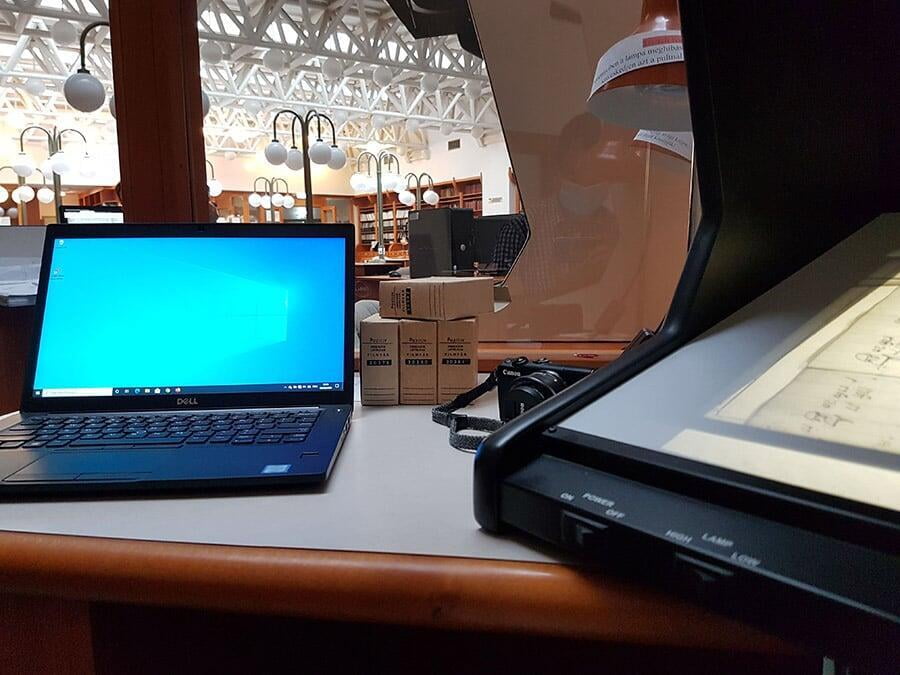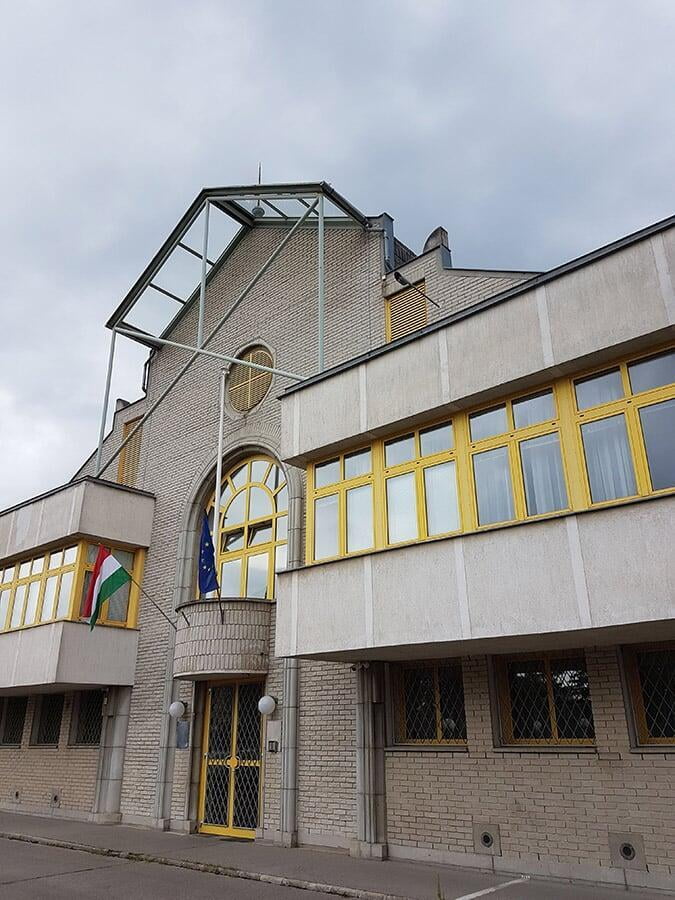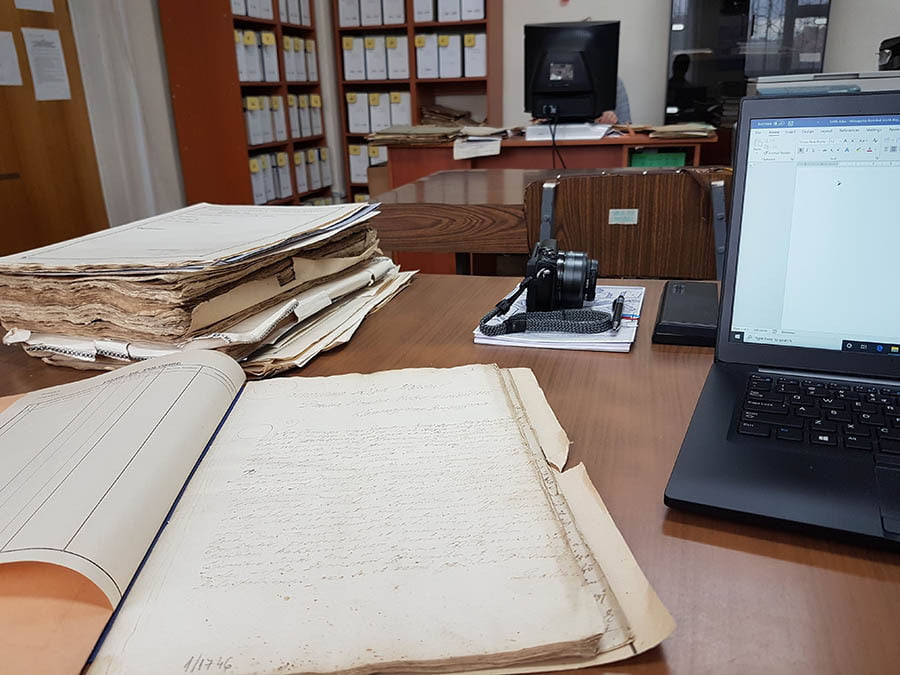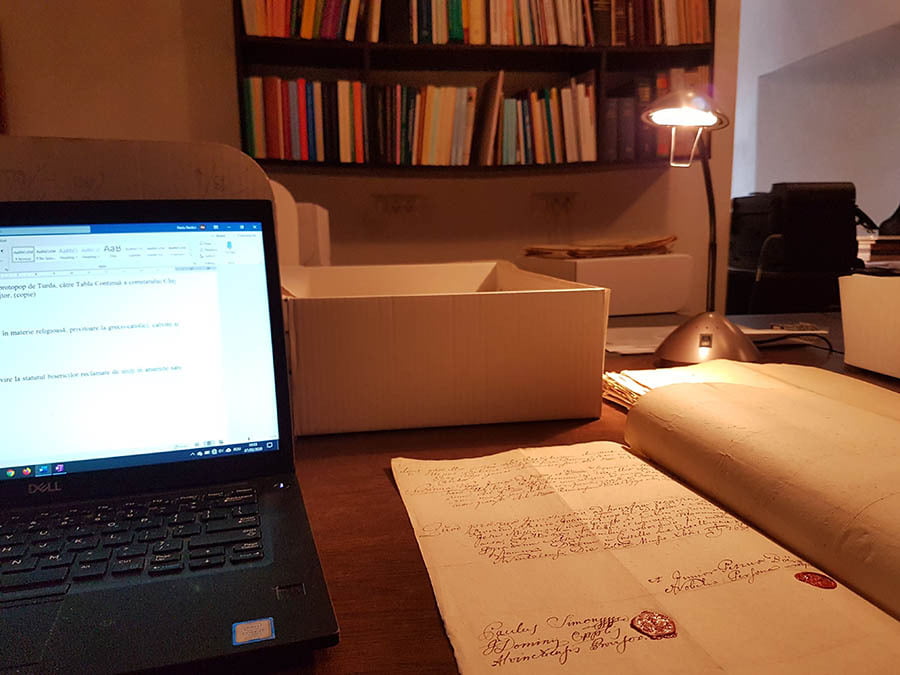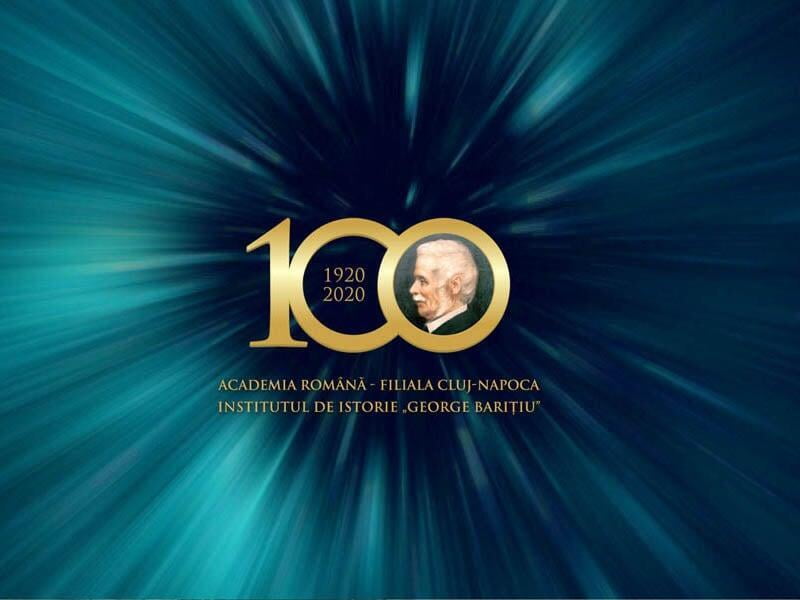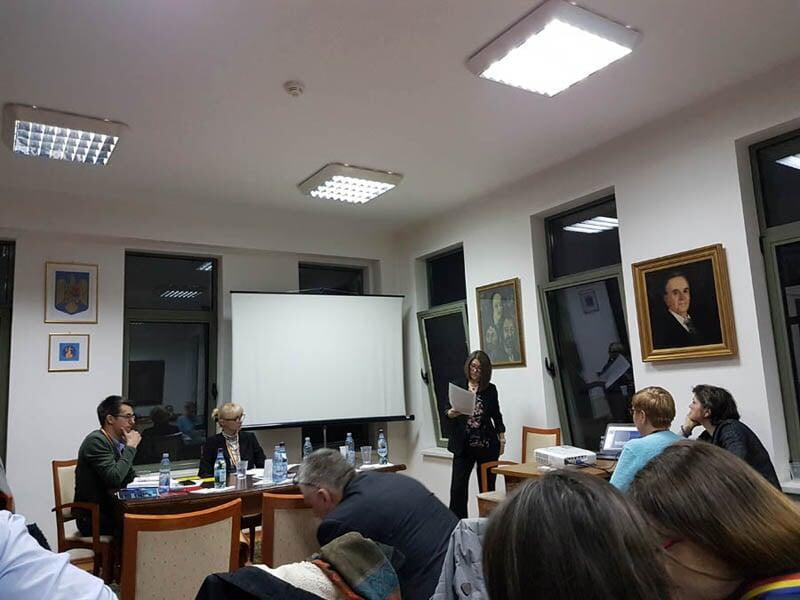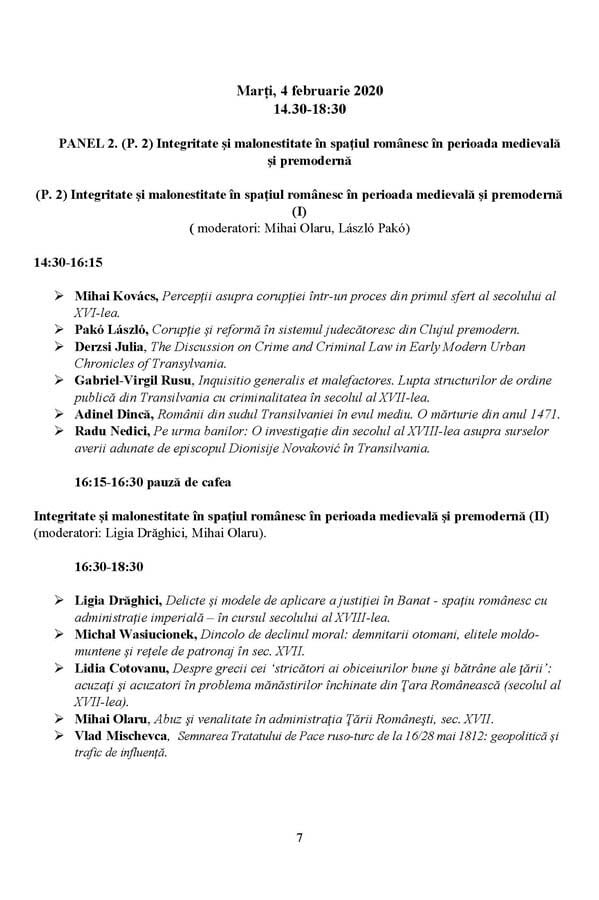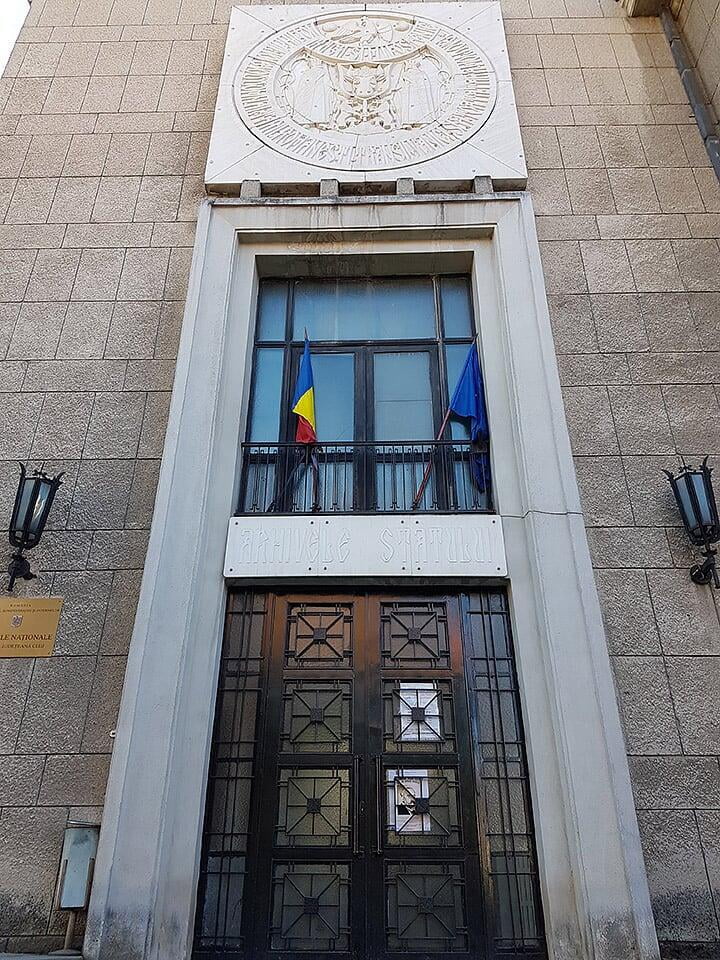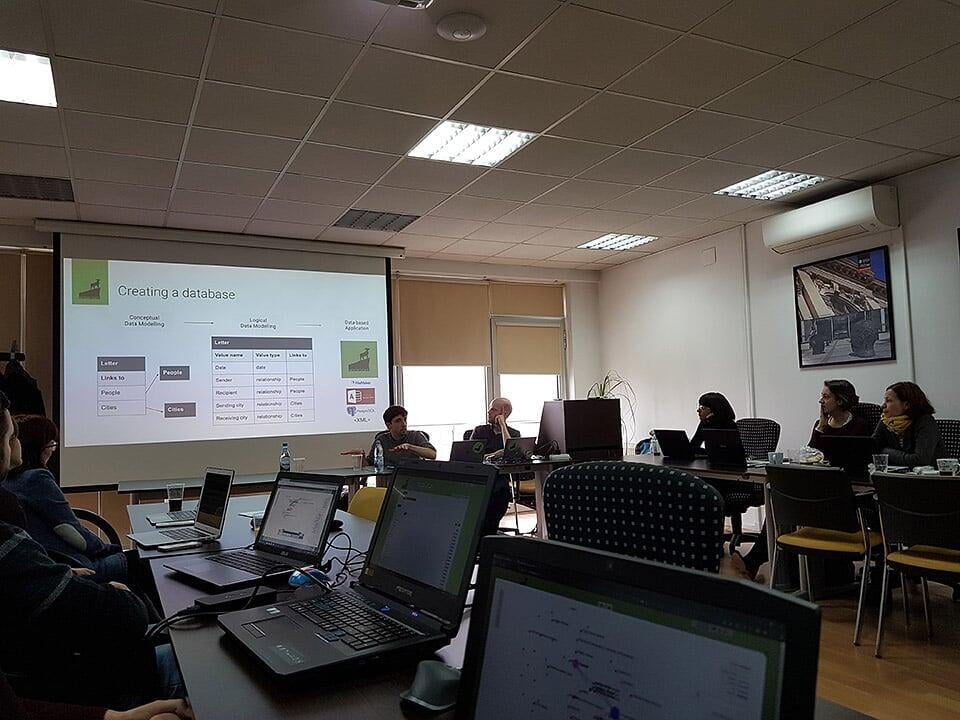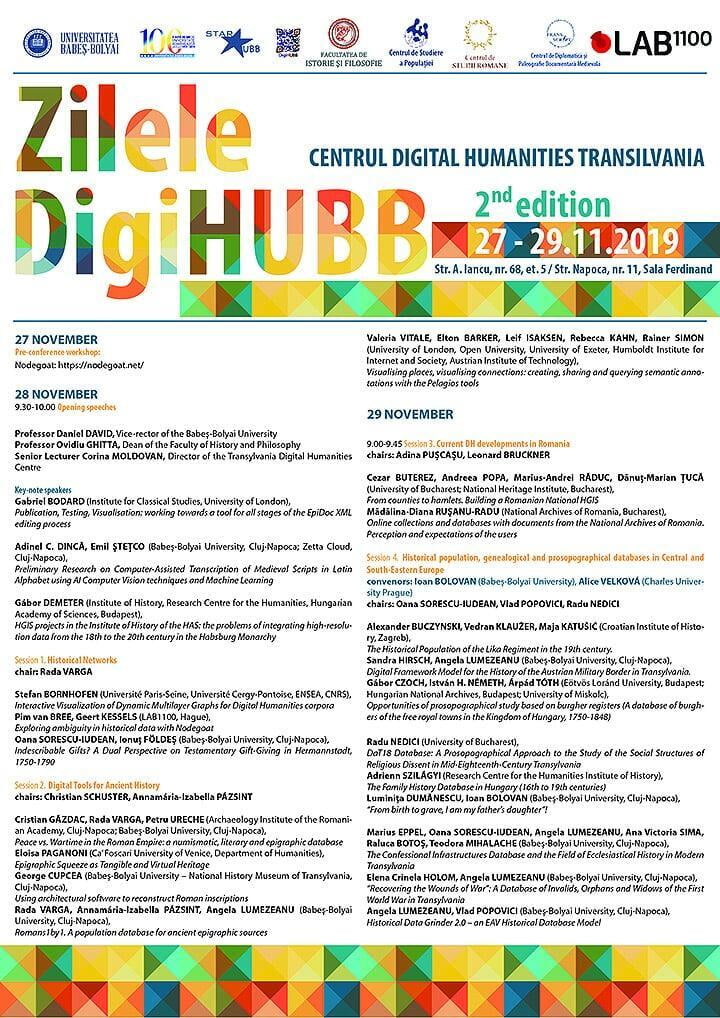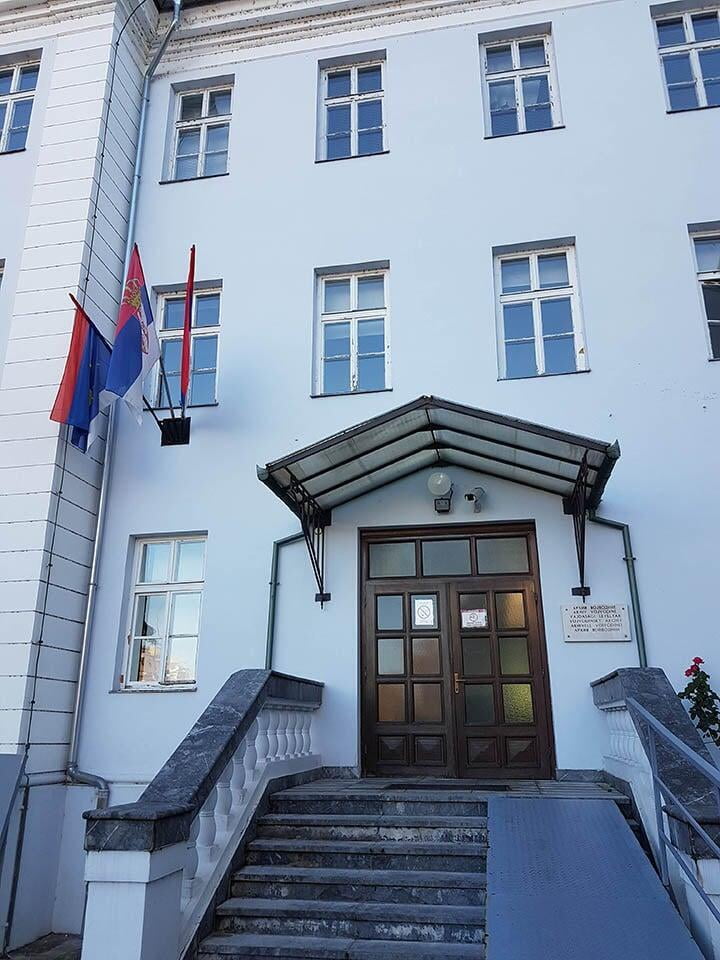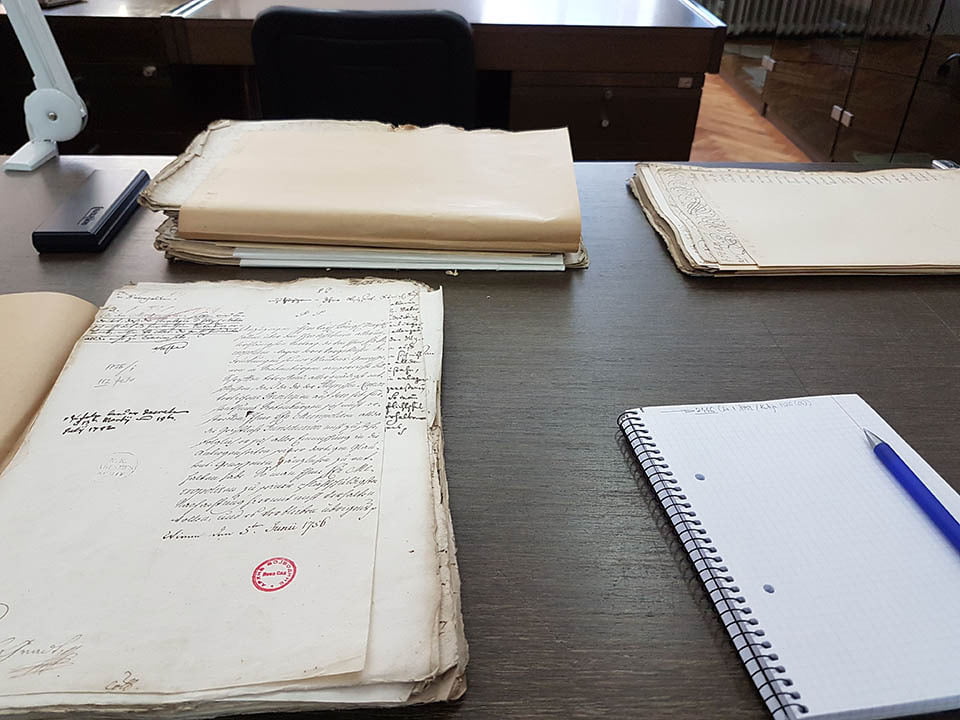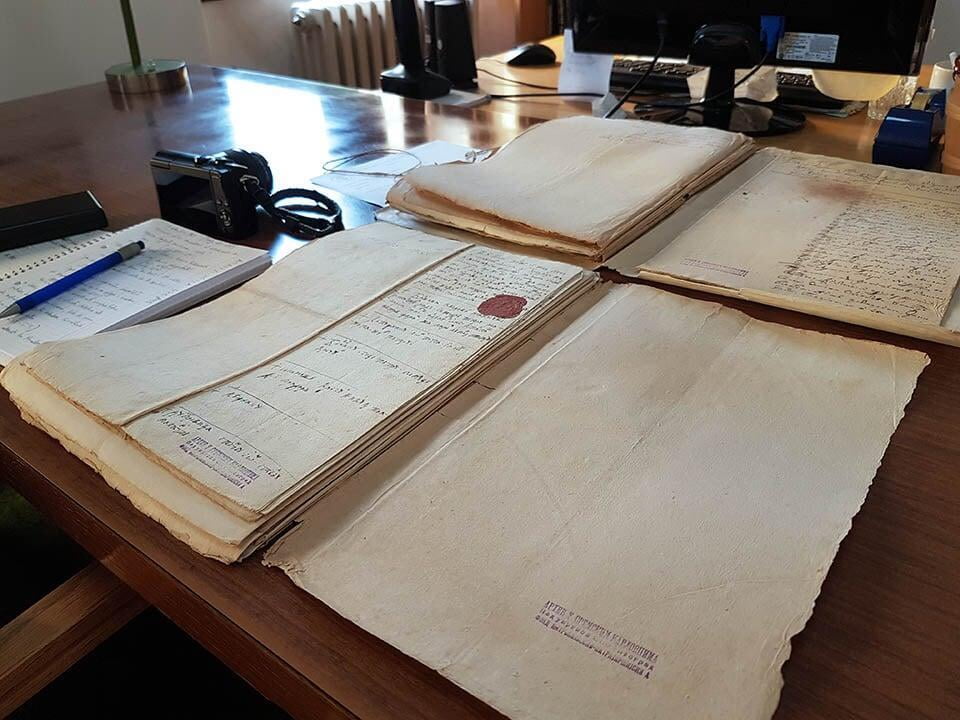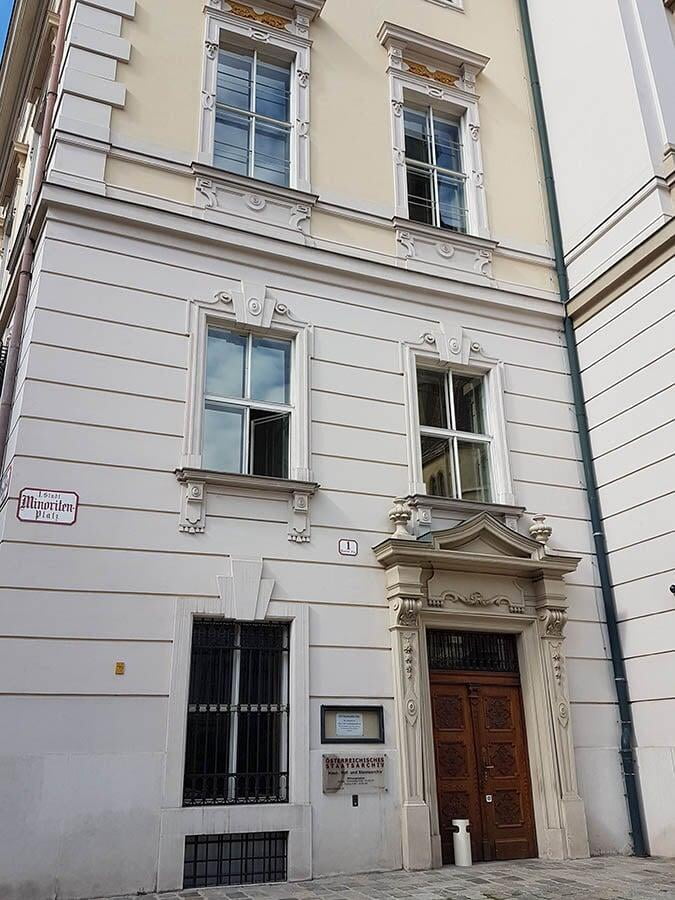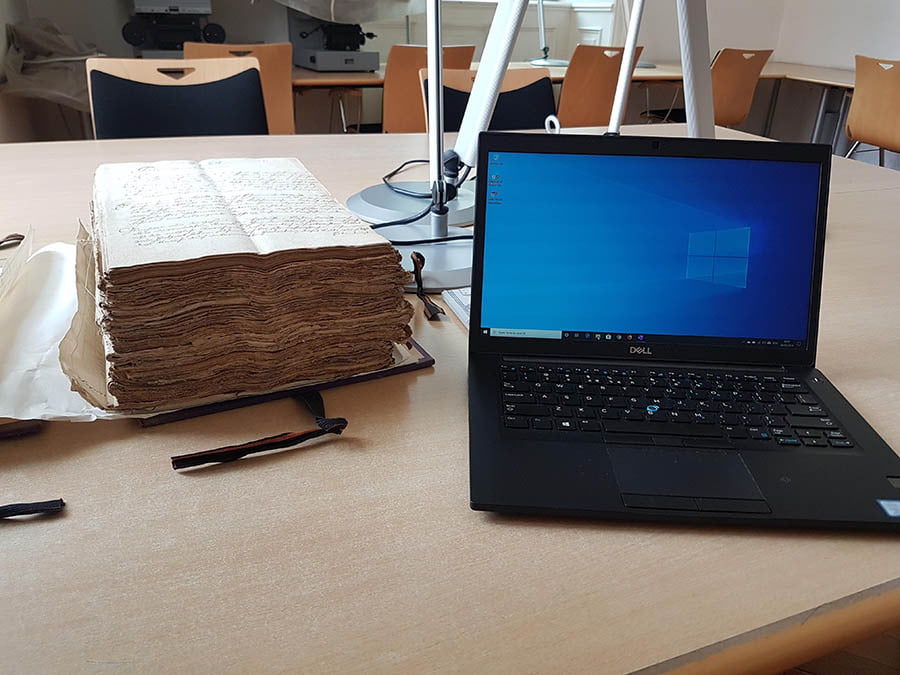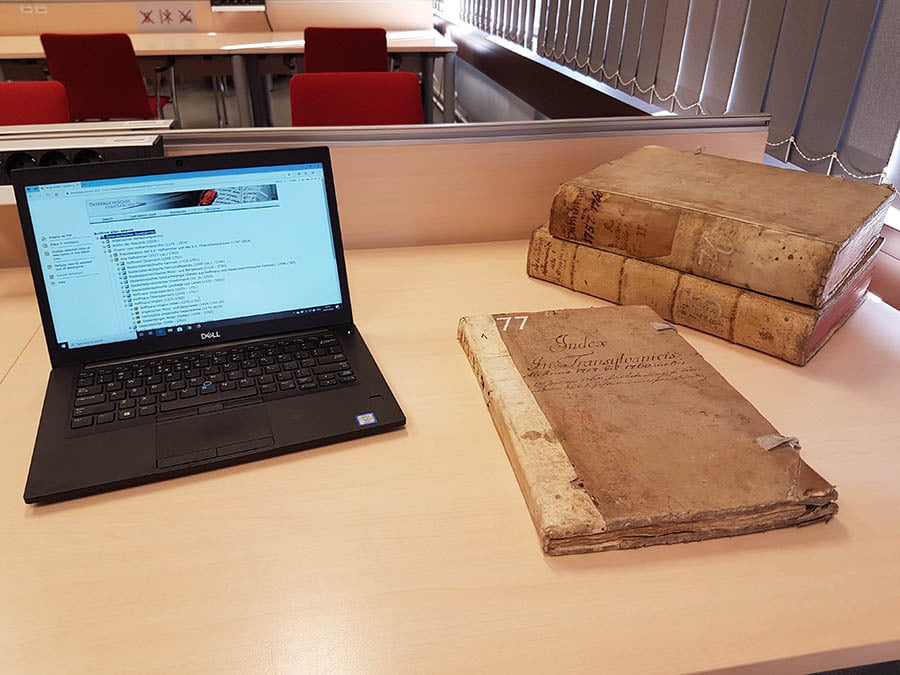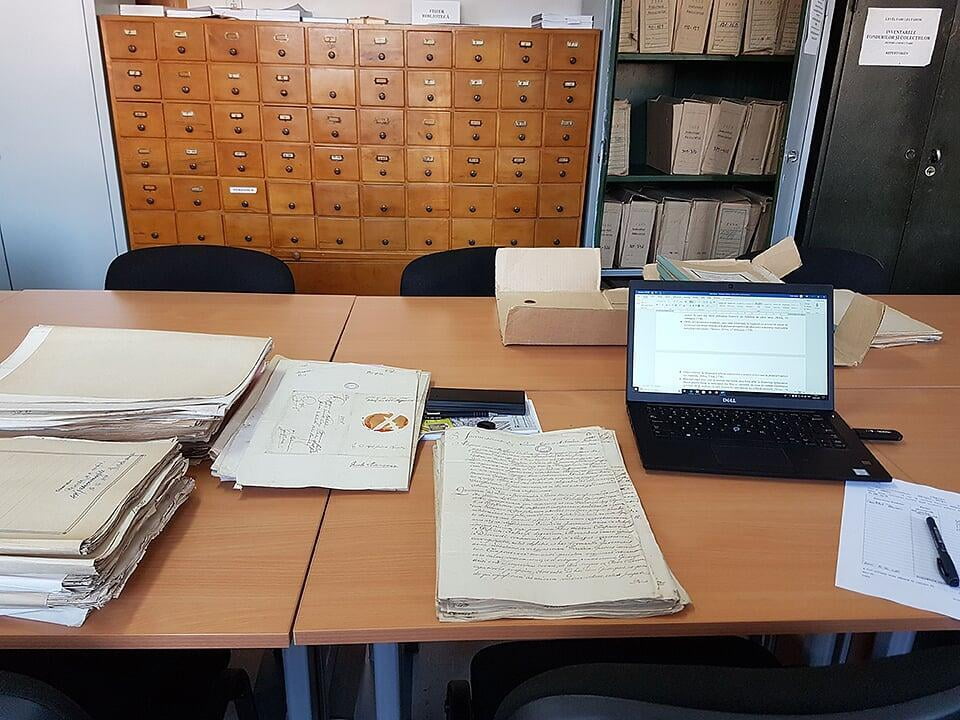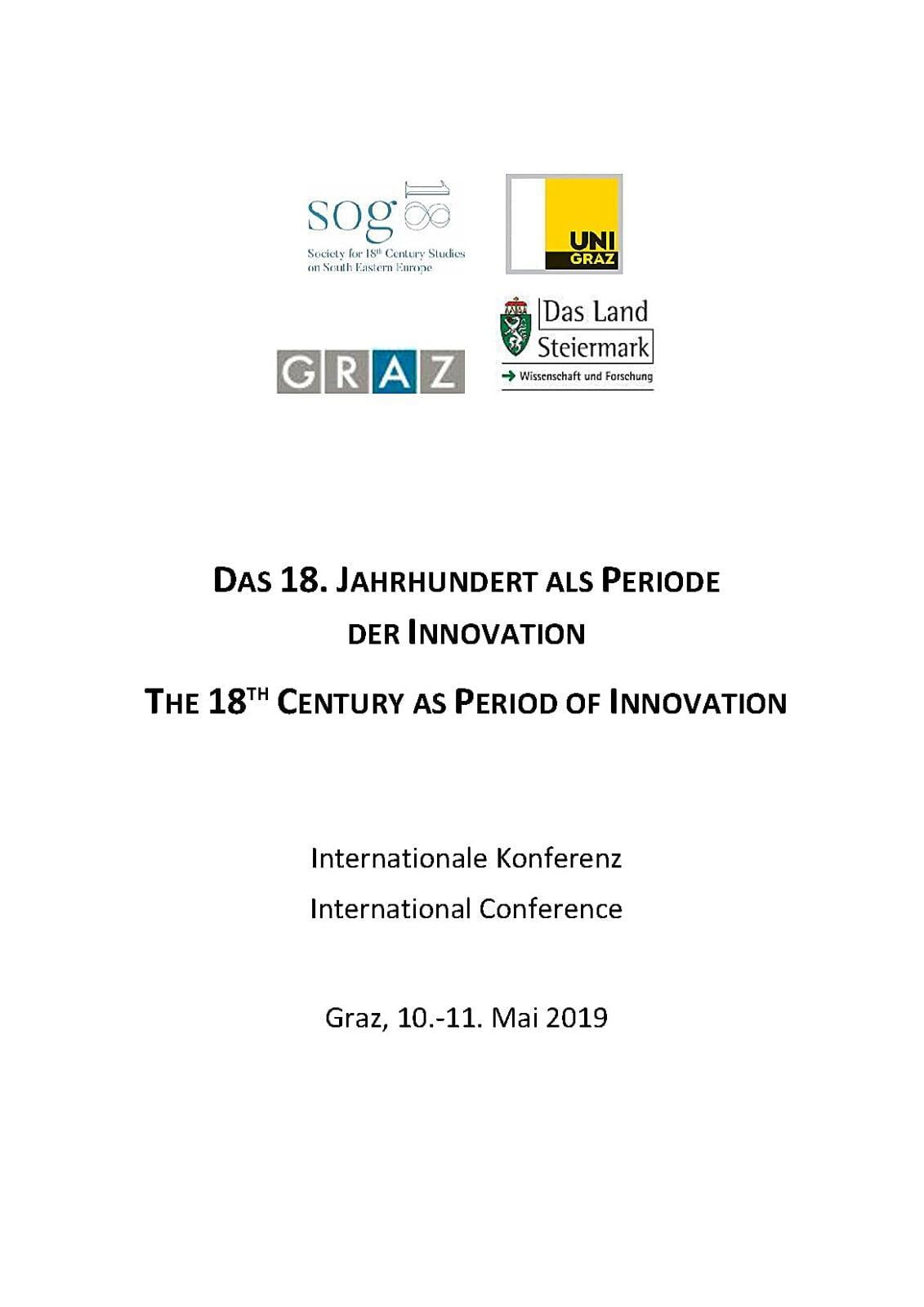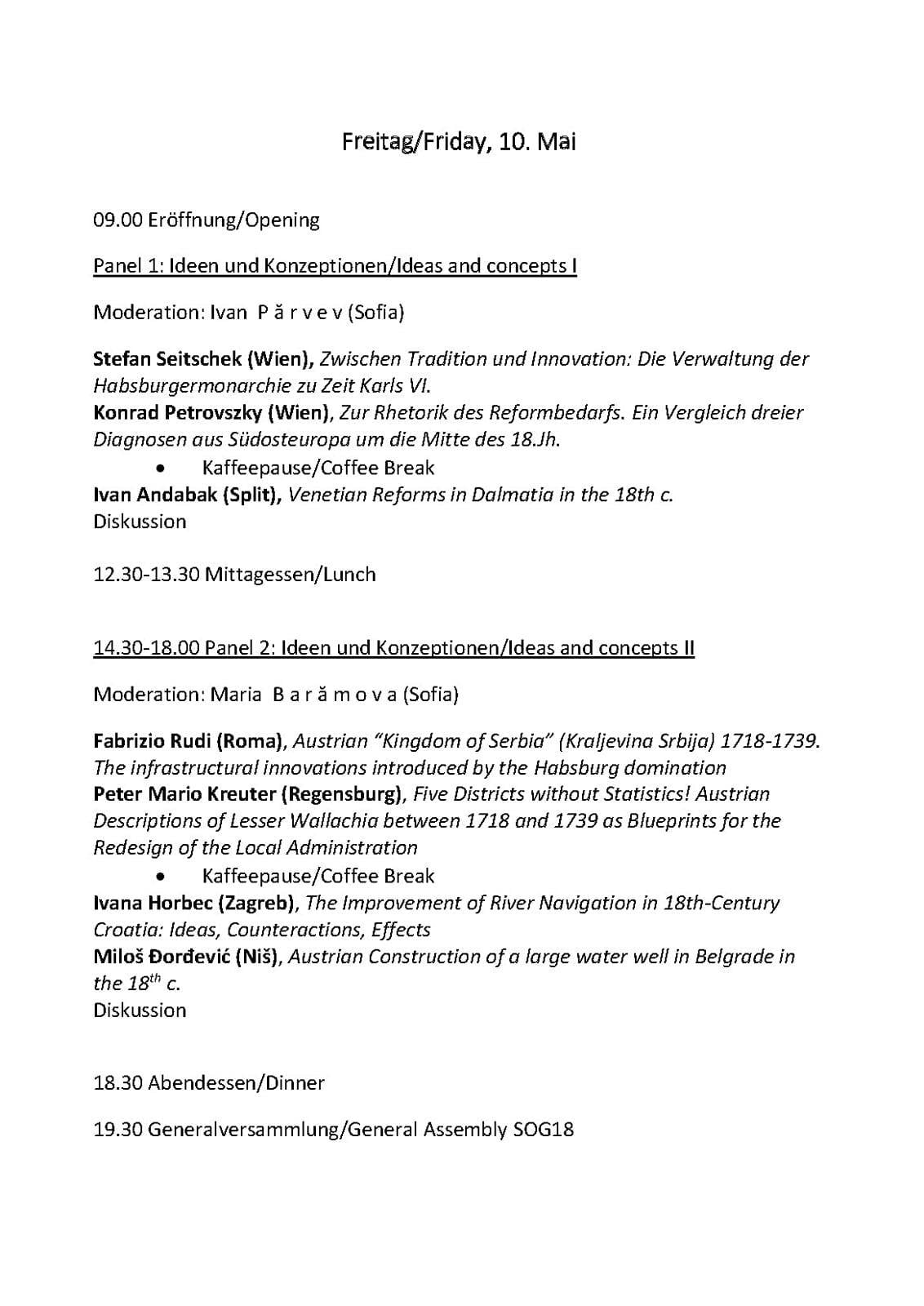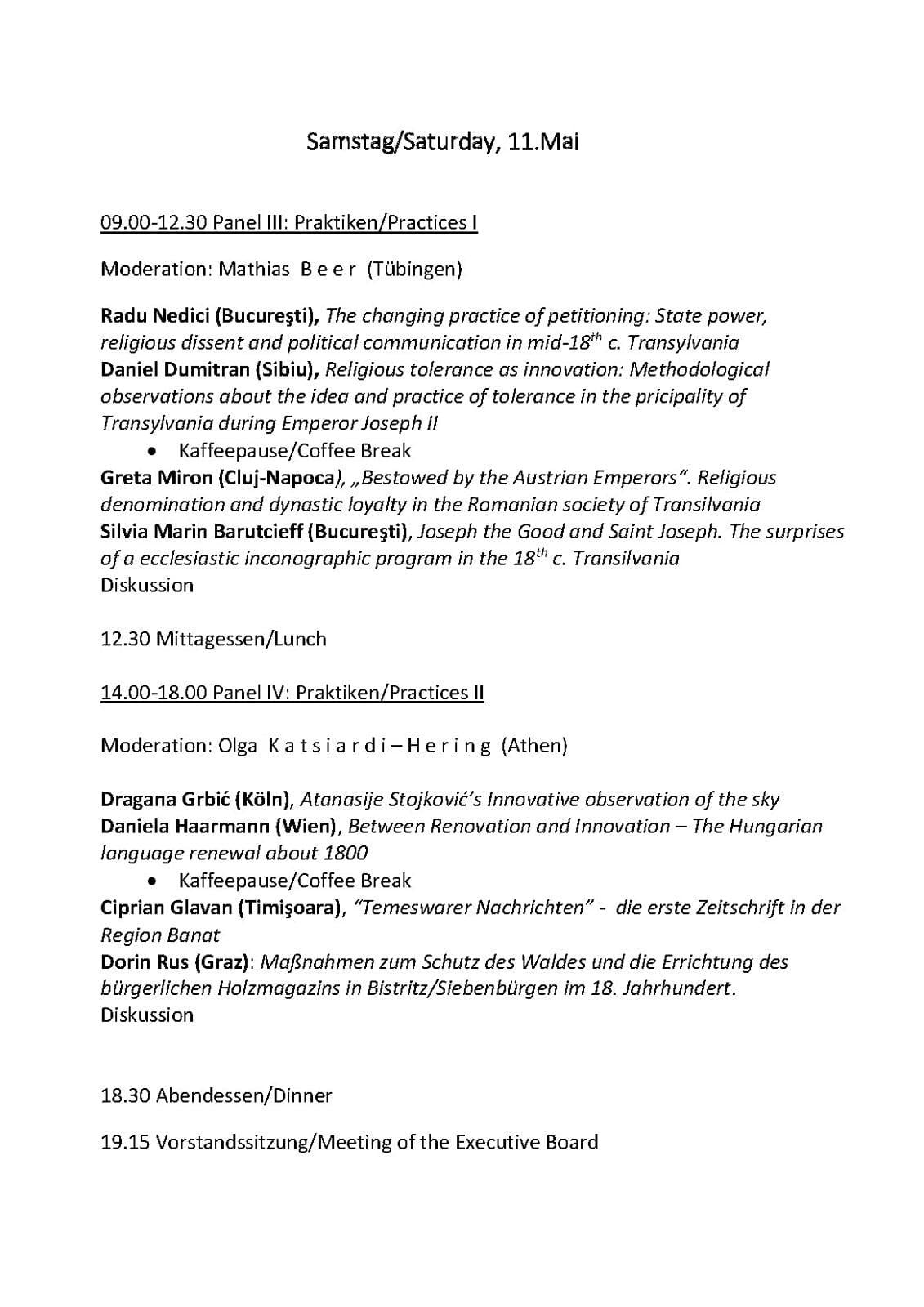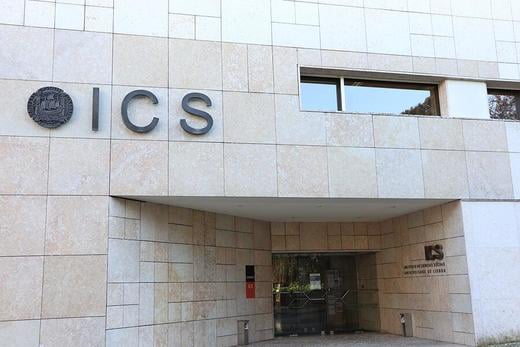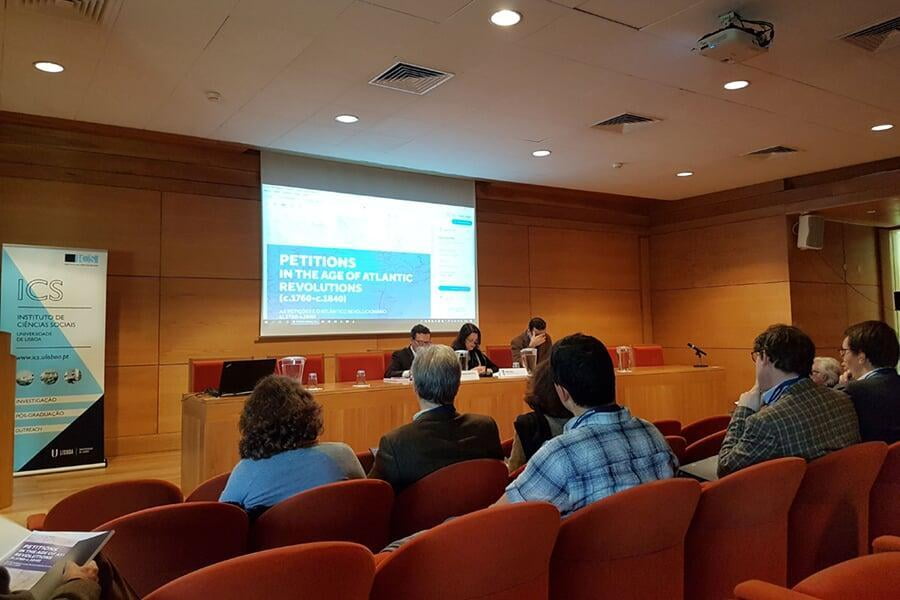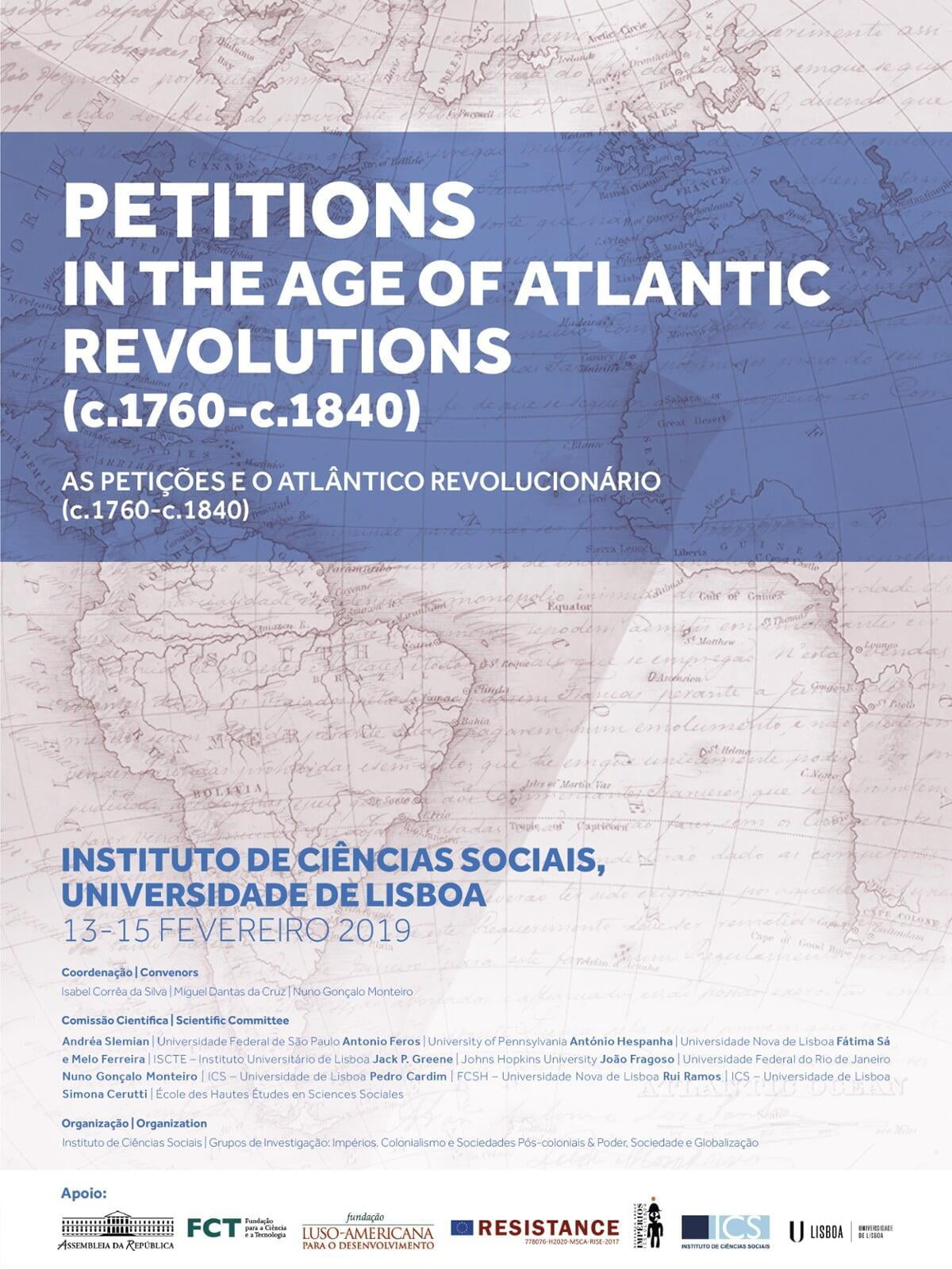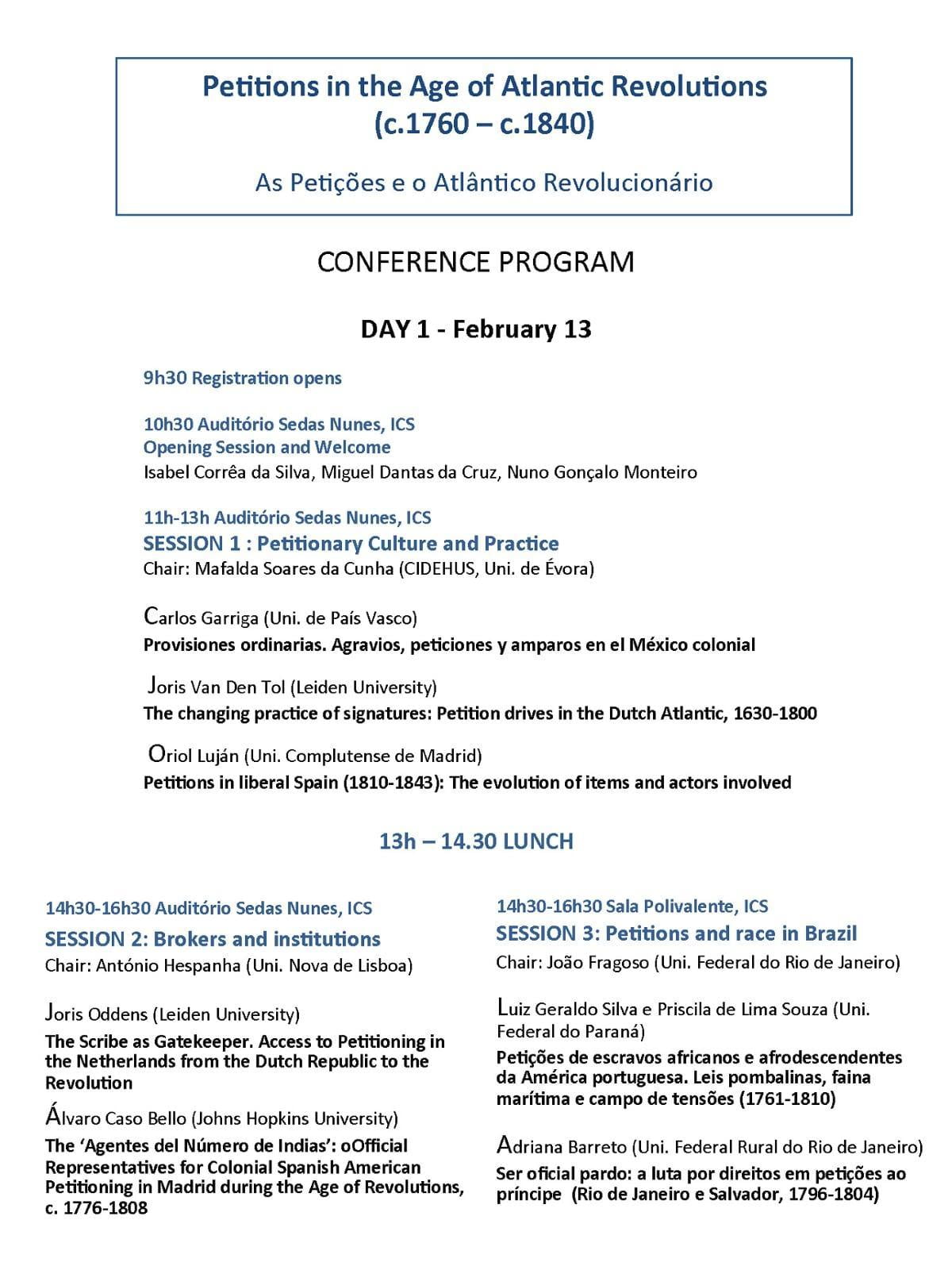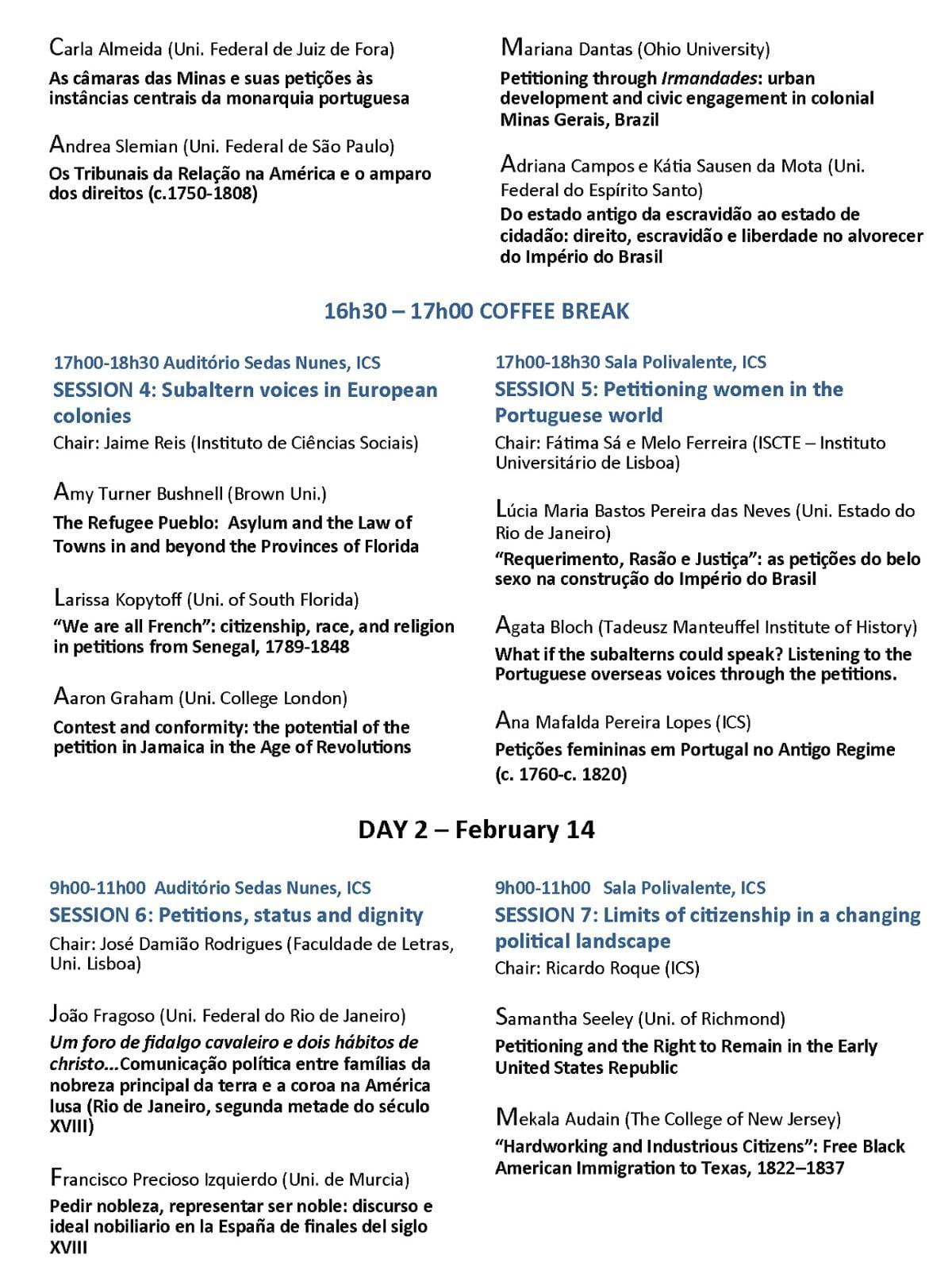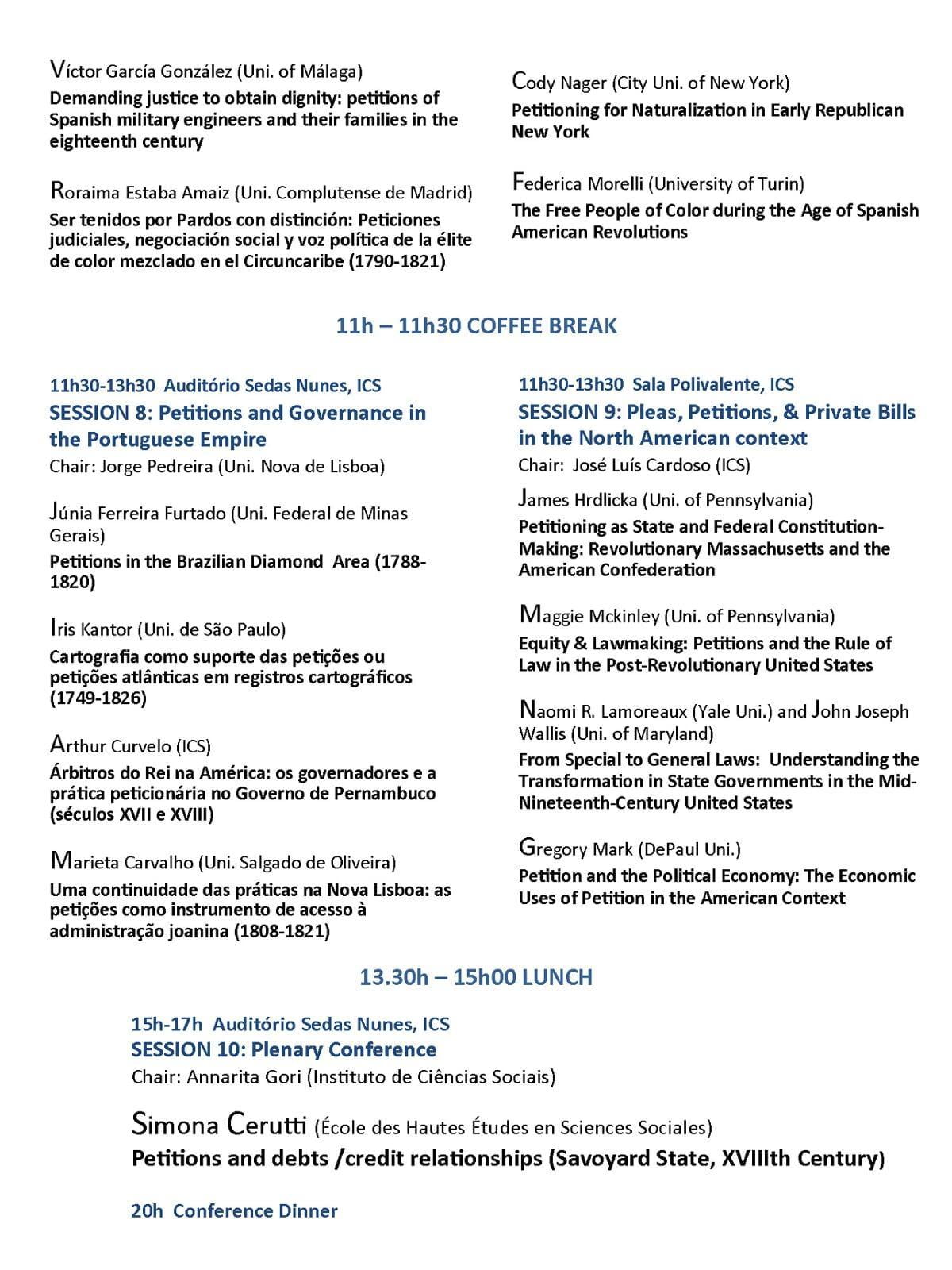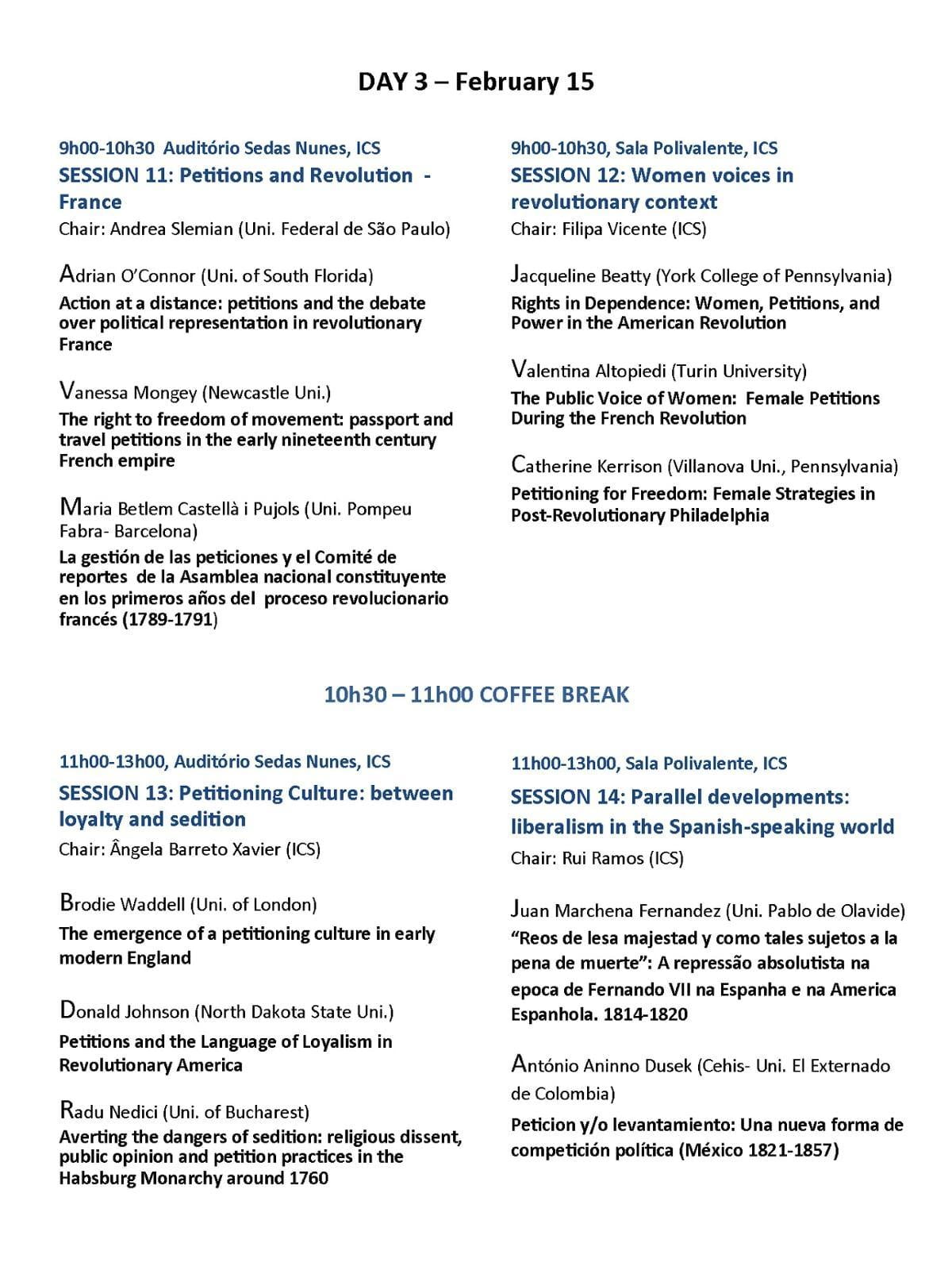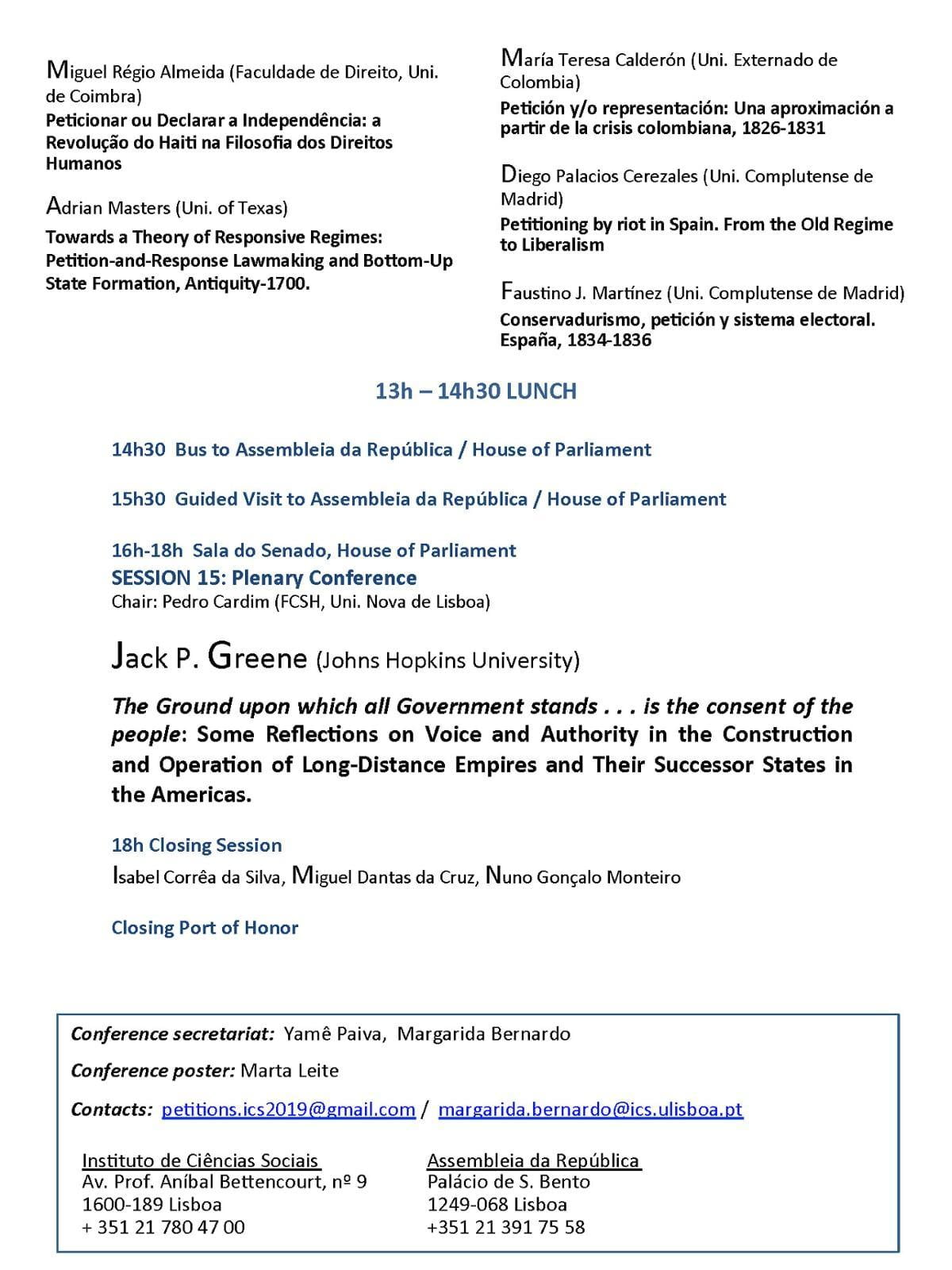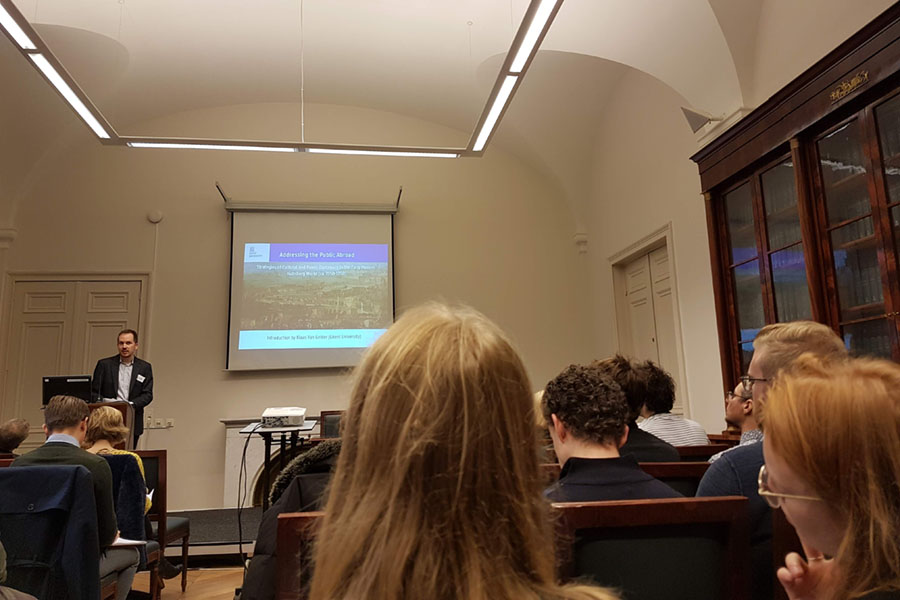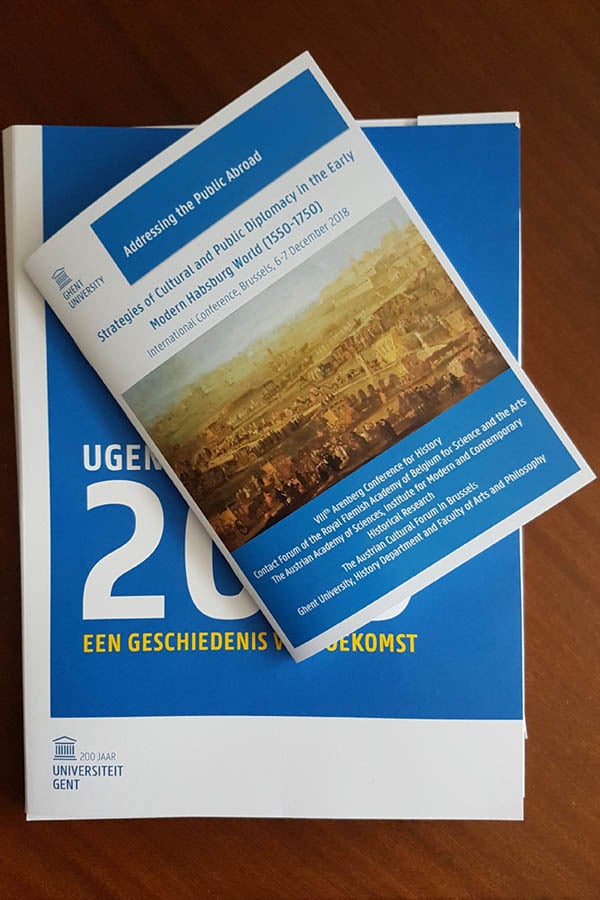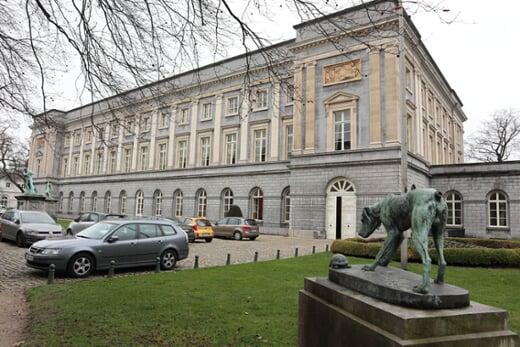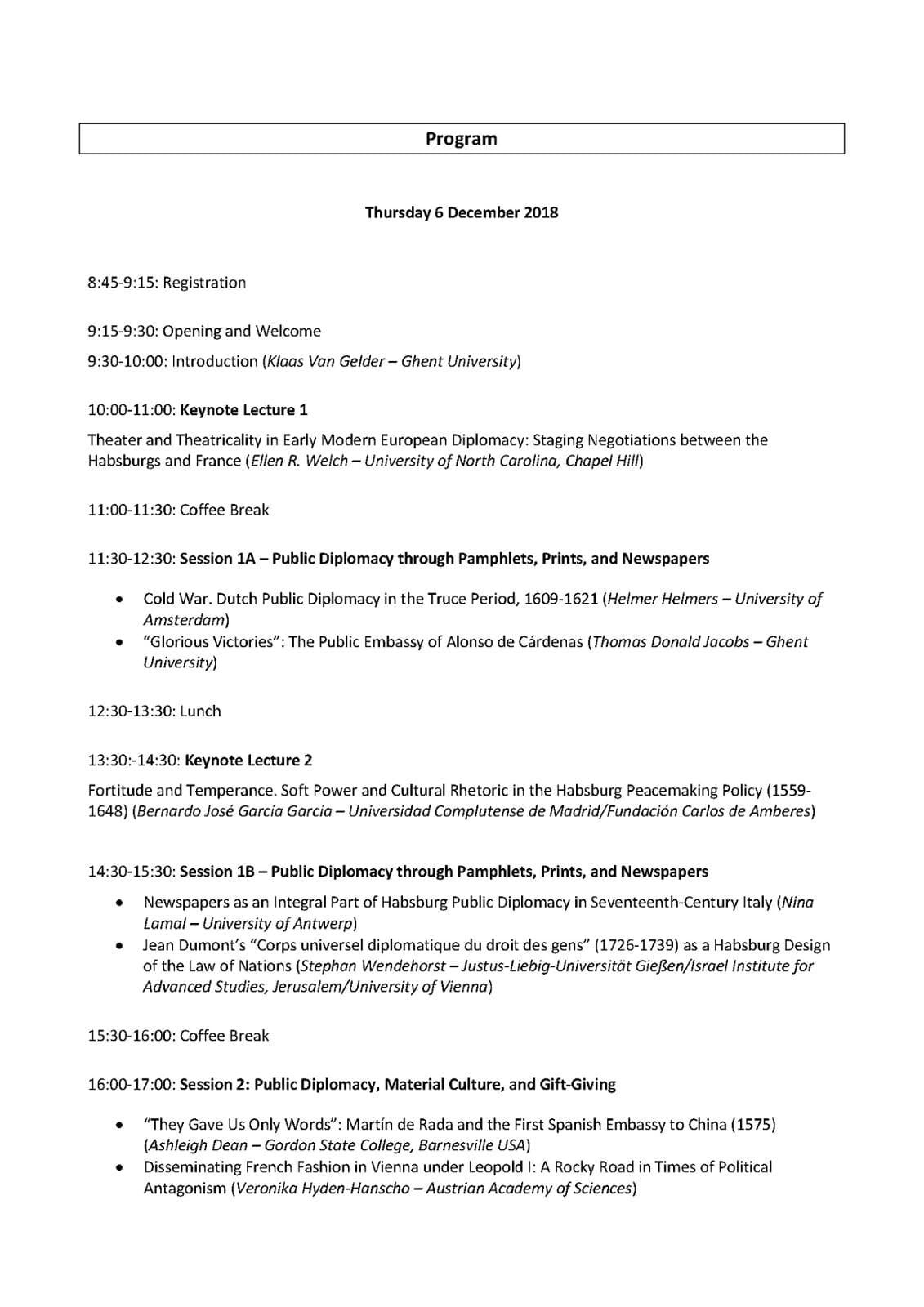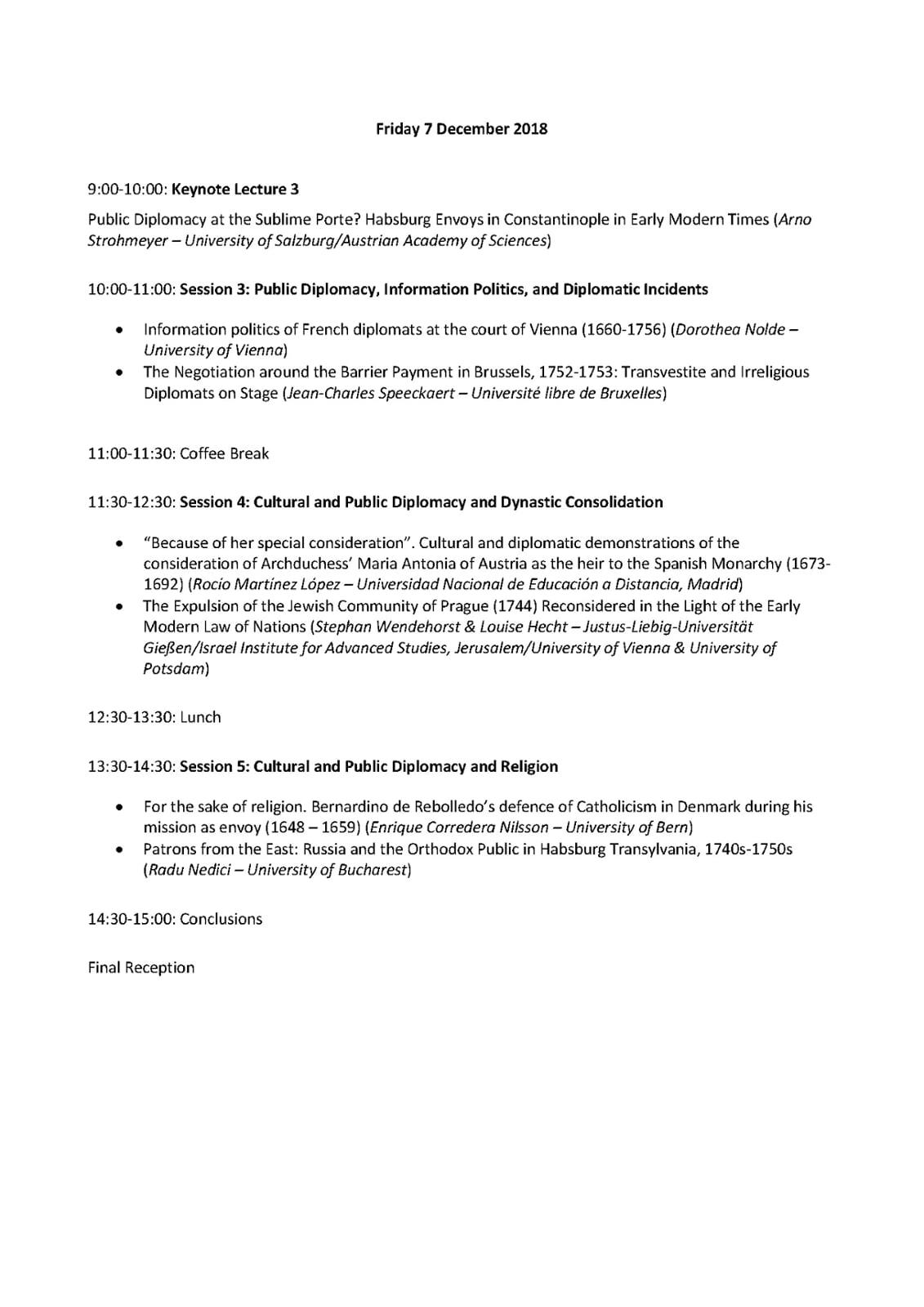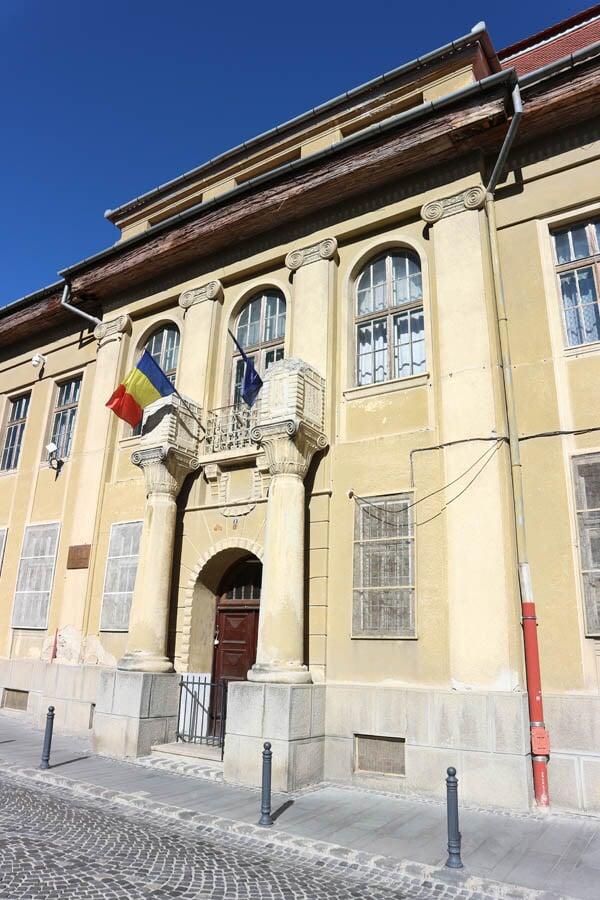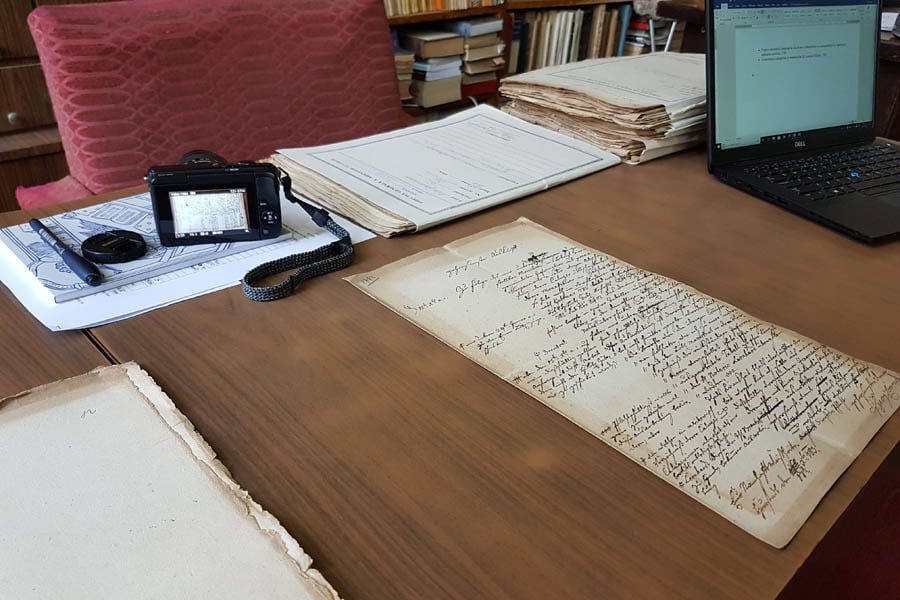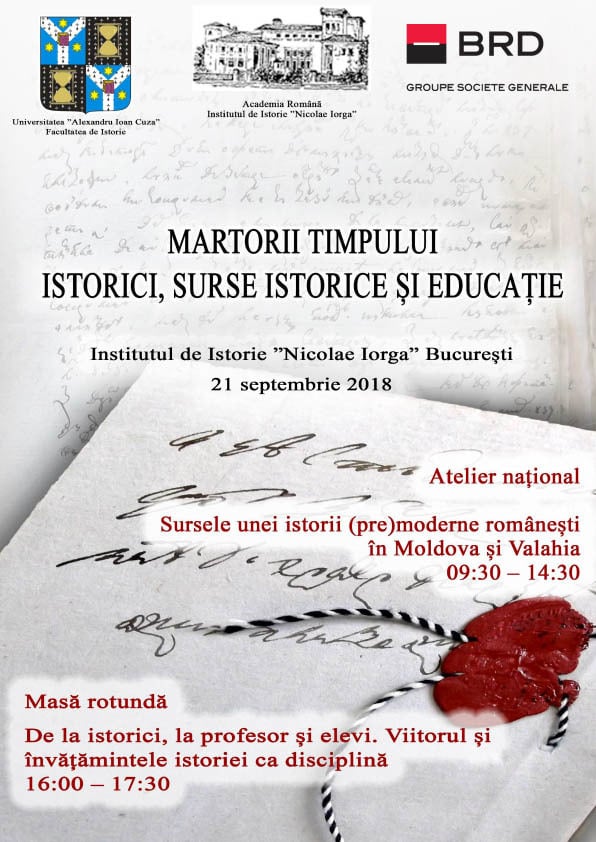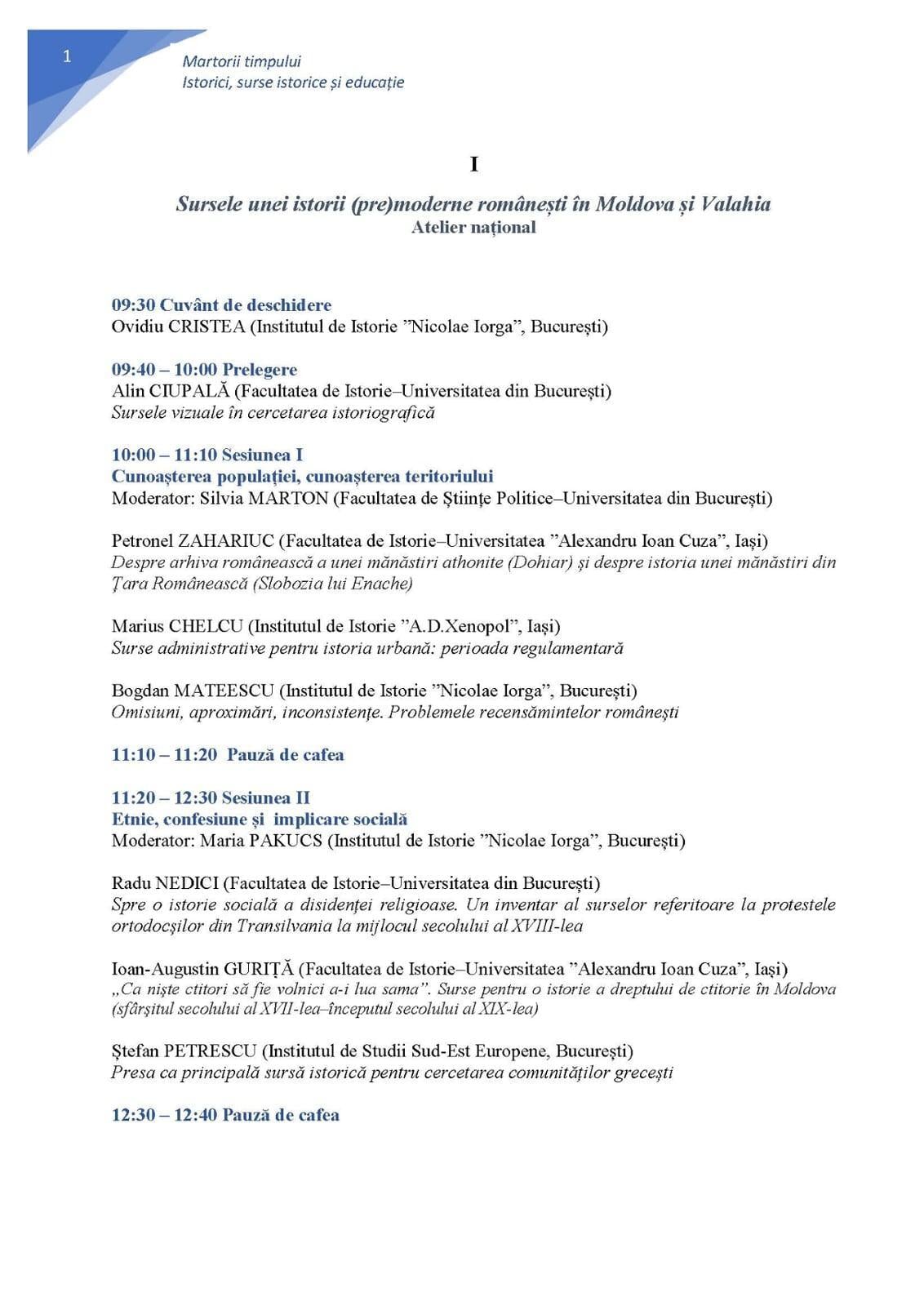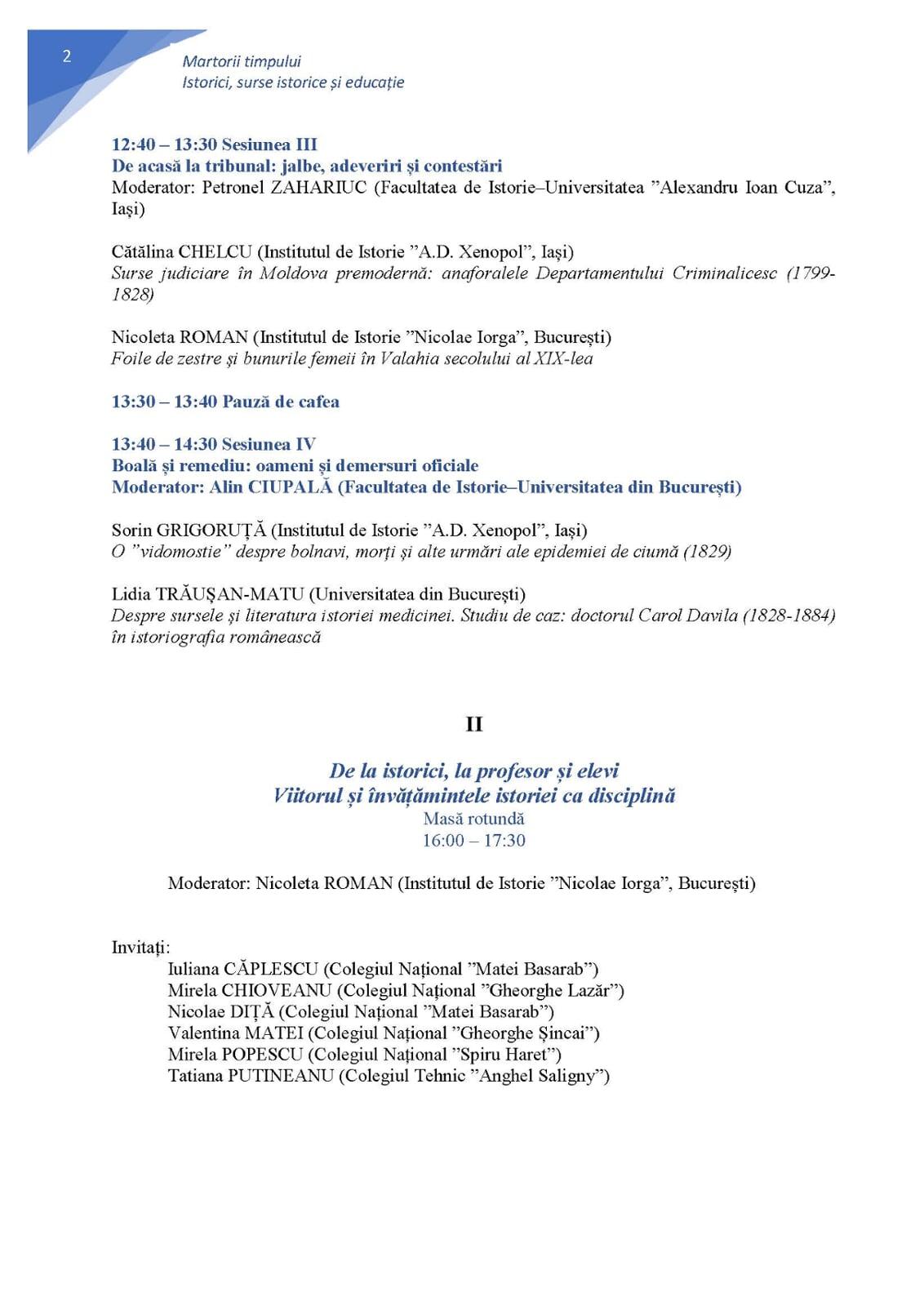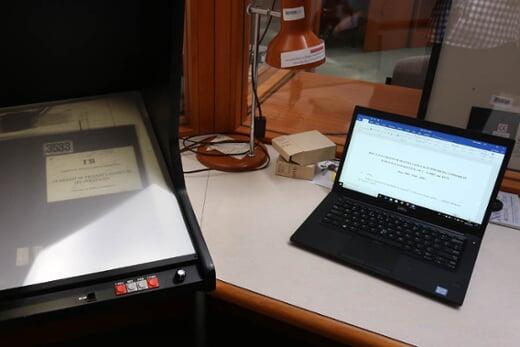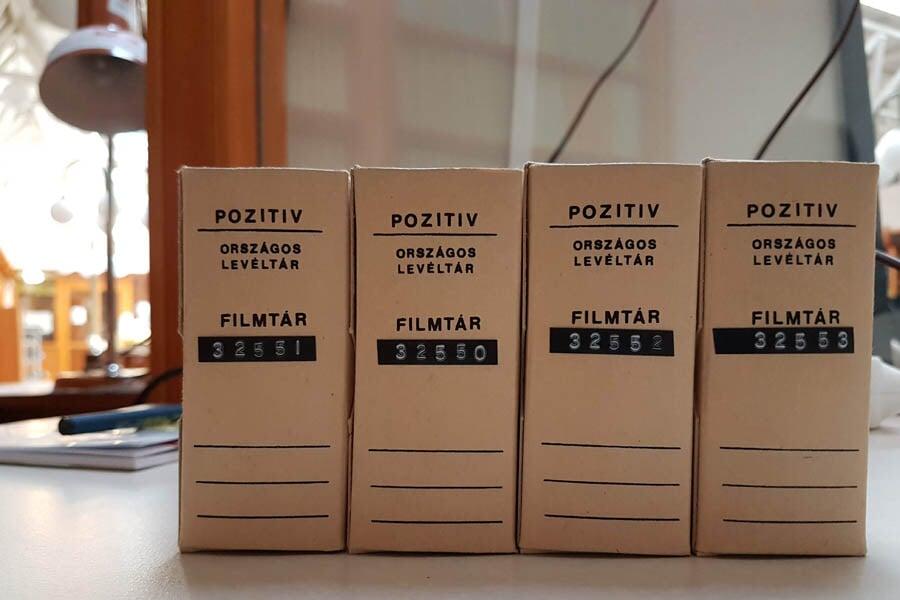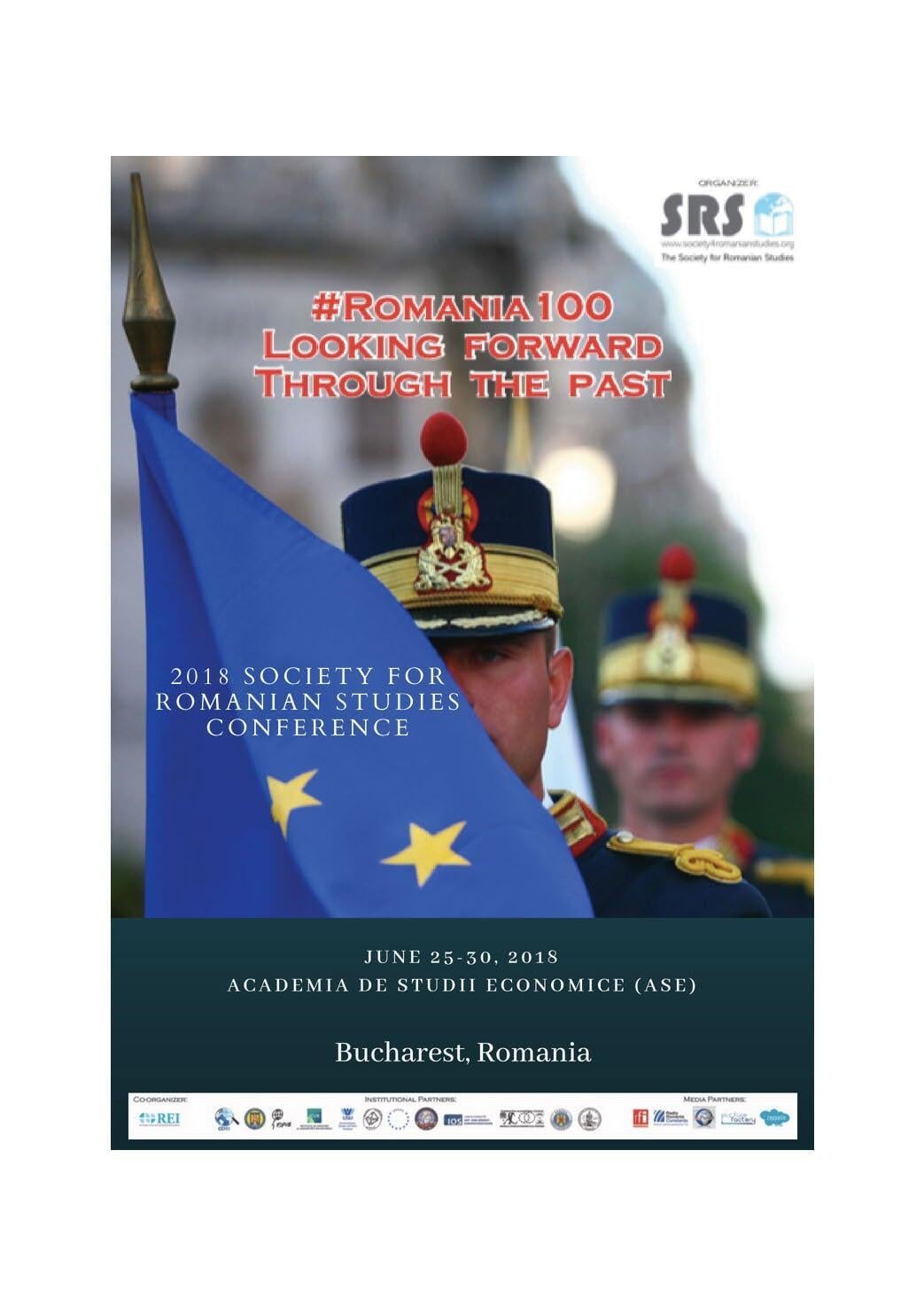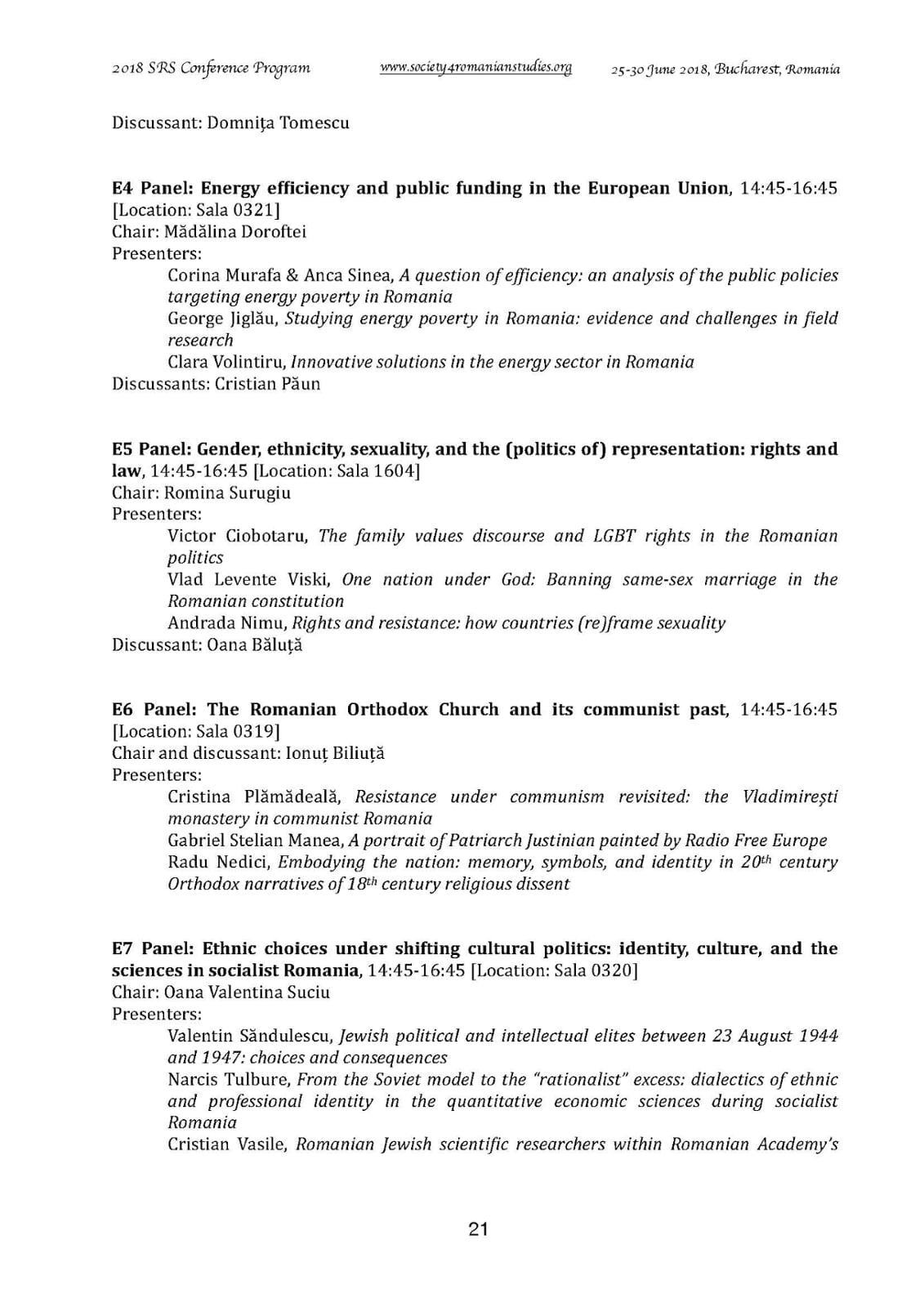
Database update to version 4.0
Version 4.0 brings the final update of the DaT18 database in its current form. By correlating existing personal records in the database with statistics compiled by Bishop Novaković in 1765, it has been possible to more precisely determine the timeframes of certain clerical careers ...
Scroll down for more
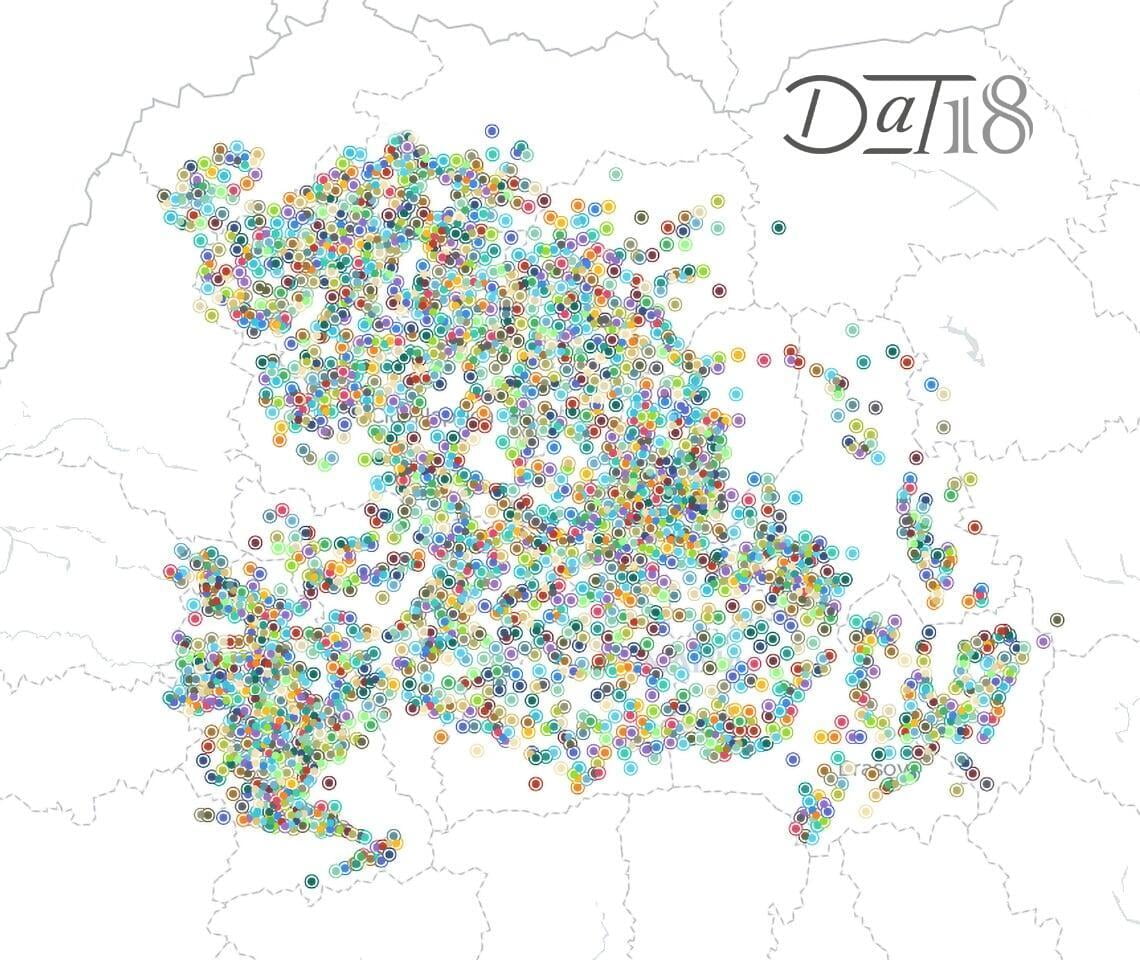
Database update to version 3.2
Scroll down for more
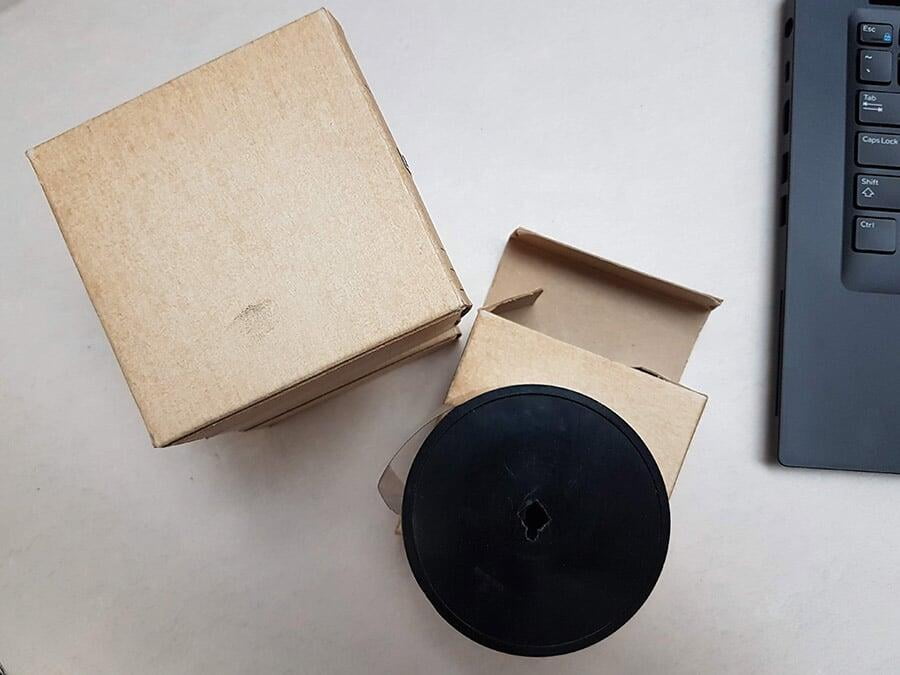
Research trip to Budapest
Scroll down for more
DaT18 Database updated to version 4.0 – review of priestly careers by integrating data from the 1765 confessional statistics
Posted December 30, 2025
Version 4.0 brings the final update of the DaT18 database in its current form. By correlating existing personal records in the database with statistics compiled by Bishop Novaković in 1765, it has been possible to more precisely determine the timeframes of certain clerical careers—previously only known to have concluded before 1767—as well as to clarify the parish residences of some priests, which earlier versions had identified with less certainty. Some minor errors in localization and georeferencing have also been corrected.
DaT18 Database updated to version 3.2 – includes georeferencing and map search option
Posted August 27, 2022
The DaT18 Database continues to evolve, although some of the changes that are being made in the background require extensive preparations before they are released to the public. Over the past few months, the section containing information on the localities in Transylvania went through a complex process of georeferencing, which implied both importing the GPS coordinates from open-source repositories for every single settlement, as well as checking their accuracy against present and eighteenth-century maps. The already existing search possibilities are thus complemented by an option to access information in the database through the graphic interface of the map of Transylvanian orthodox parishes, by using the Map Search button in the Database webpage. The georeferencing is also a necessary step for opening new ways of interpreting and analysing data, which are to be fully exploited in the coming period. Alongside this substantial update, smaller interventions were made to further standardize existing data or to correct minor errors.
The second research trip to the Hungarian National Archives in Budapest
Posted August 25, 2020
Due to the global pandemic the DaT18 project’s deadline was extended until September, providing a chance to postpone and not completely call off this year’s remaining research activities. As travel restrictions were lifted across much of Europe in the summer and despite the limitations imposed to Romanian nationals in the wake of the increase in the number of COVID-19 cases at home, I was finally able to take the second trip to the Hungarian National Archives in Budapest from July 30 to August 23. My target this time have been the files of the imperial commission entrusted with the separation of the Greek Orthodox and Greek Catholic Churches in Transylvania in 1762 and the following years (F71: Gubernium Transylvanicum in politicis, Commissio Aulica). While some of these documents have already been put to great use, most notably in the works of Greta Miron, having access to the original papers of the commission is fundamental for taking the research further and for planning future developments of the project. Despite working again on microfilms, the three weeks I spent in Budapest proved barely enough, as the need to reduce the spread of the coronavirus prompted the National Archives to cut its working hours and limit the number of researchers admitted each day. In these conditions reading, abstracting, and photographing thousands of document pages was that much more difficult and took some careful planning to complete on time.
DaT18 Database updated to version 3.1
Posted April 17, 2020
While the current coronavirus lockdown has brought the academic world to a halt, meaning that the DaT18 project was forced to take a break from conferences and research planned for this spring, working from home has allowed for quick progress on the database itself. Thus, in keeping with the original schedule, this major update adds the details of another 1,224 clerics that were included in the 1767 census, meaning that the catalogue of the priests serving in the Orthodox diocese in Transylvania between 1762–1767 is now complete. Personification and record-linkage resulted in the ascertainment of some 1,600 individual careers from the 2,599 total entries, but, due to the nature of the records, assigning identities was not always self-obvious and further fine-tunings are still possible. Changes from version 2.1 also include the adding of a Notes field in the Personification table to account for the active years of any person in the database, registering the Event Date not as a single unit, but in three separate columns for Year, Month, Day, as well as correcting minor errors in the earlier introduced information.
One-week research trip to the archives in Alba Iulia
Posted February 18, 2020
With its two archives, the city of Alba Iulia is a mandatory stop on the ongoing search for new primary sources that might prove useful to the ends of the DaT18 project. The week-long research period spent there, from February 6 to 14, allowed me to inquire both the collections of the Alba County Service of the National Archives, as well as those of the Archive of the Roman Catholic Archdiocese of Transylvania. Despite holding a whole range of fonds from the times of Habsburg dominion, important losses in the course of time means that nowadays the local branch of the National Archives has very little to offer in terms of the eighteenth century administrative and fiscal documents. Instead, significant data came from the fonds created by the Uniate Church (Mitropolia Română Unită Blaj, Acte neînregistrate and Cabinetul Mitropolitului, respectively), as it was directly involved in the confessional troubles and thus benefited from a privileged access to information, either in the form of copies of official reports or that of the correspondence with high ranking officials in the principality. The documents identified in the Archive of the Archdiocese (Vegyes iratok, Más vallásokkal kapcsolatos iratok) were issued in similar circumstances too, since the Roman Catholic ecclesiastical authorities lent their support to religious union in the wake of Orthodox dissent.
‘History and history-writing nowadays’ conference at the History Institute in Cluj-Napoca
Posted February 7, 2020
On the occasion of the 100th anniversary of the establishment of the Institute of National History in Cluj, the modern successor of that institution organized from February 3 to 5 an international conference dedicated to the topic of current methods and paradigms of research. Besides the somewhat overwhelming festivities that marked the event, the conference itself proposed a busy agenda, with over 15 sessions running in parallel. Among them, Dr Mihai Olaru convened a panel on the hot argument of dishonesty throughout the medieval and early modern times. It offered me the right setting for presenting a paper on the sources of the wealth accumulated by Bishop Dionisije Novaković during his tenure in Transylvania, showcasing the ways used to abuse his position in order to increase his personal income. As the inquiry launched by the Habsburgs proved, in the end it was all linked with taxing the priests under his authority, which helps explain the growing number of ordainments over the final year of his mandate that is so clearly visible in the DaT18 database.
'DigiHUBB Days' at the Babeș-Bolyai University
Posted December 2, 2019
The Transylvania Digital Humanities Centre at the Babeș-Bolyai University hosted on November 27–29 the second edition of an international conference dedicated exclusively to the growing field of the digital humanities, which gathered around 30 scholars from various European academic institutions and initiatives. The focus of this year’s edition has been on new methodologies and technologies employed by historical research, with many presentations showcasing innovative approaches and results. In this context, the experience of working with the sources and building the DaT18 database has made for a very suitable topic, even more so given the particular interest of the audience for research related to Transylvania. The paper was complemented by a live presentation of the online application, demonstrating its main functionalities and the envisioned developments on short and mid-term. As a side event, the conference organizers also managed to put together a workshop on using Nodegoat, which could prove to be a very useful platform for visualizing spatial data for certain instances in the DaT18 database. Not least, the trip also gave me the opportunity to spend two days in the Cluj branch of the National Archives, checking information in the finding aids for possible data about local fiscal censuses of the eighteenth century within the former administrative units of central and northern Transylvania, although the preserved documents still leave a lot to be desired.
DaT18 database goes online (Ver. 2.1)
Posted October 21, 2019
According to earlier plans and announcements, the database developed within the framework of the DaT18 project is now online on its dedicated webpage (click here), just as we reach the half-point of Autumn 2019. The current version, 2.1, holds less than half the resources that will be made available in the full product and is intended both as a preview to the application and as a test platform to assess its functionalities in real-life scenarios. All of the entries in the database concern for the moment the Orthodox clergy in Transylvania in the interval 1762–1767, but many of them had in fact begun their careers during the troubled times in the 1740s and 1750s. The next big update, that will include further data on the parish priests in the eparchy, is programmed for April 2020.
One-month research trip to the archives in Novi Sad and Sremski Karlovci
Posted October 14, 2019
The question of the Orthodox in Transylvania contesting church union in mid-eighteenth-century is deeply connected to the strategies put in place by the Serbian hierarchy in its attempt to claim spiritual control over the Romanians in the Monarchy, while they, in turn, sought the former's help in fighting Catholic coercion. Despite the obvious consequences in terms of the written evidence for the period, explorations into the archives in Serbia have been few and far between. It is precisely to address this omission that I chose Novi Sad as a distinct stage on the map of my research, setting camp there from September 14 to October 13. The city allowed me to take advantage of the locally hosted documents of the Illyrian Court Deputation (Arhiv Vojvodine, fond F.5 - Ilirska Dvorska Komisija i Deputacija) and the close-by ecclesiastical archives in Sremski Karlovci (Arhiv SANU, fond Mitropolitsko-patrijaršijski arhiv "A" and "B"). Both repositories proved extremely useful to the ends of the DaT18 project, contributing with significant new material to our knowledge of the leaders of revolt in the 1740s and 1750s, both as petition writers and defendants facing interrogation, as well as the changes in the bureaucratic discourse about dissent and toleration.
Two-month research trip to the Austrian State Archives in Vienna
Posted September 1, 2019
As the former capital of the Habsburg Monarchy, Vienna inherited after 1918 many of the records created by the central bureaucracy during the centuries when it governed large shares of Central Europe. While they’ve been the focus of research concerning Transylvania for over 100 years, the sheer volume of the documents remains overwhelming and warrants substantial findings each time. Throughout July and August my research covered the holdings on Transylvania of two of the Austrian State Archives’ departments, namely Haus-, Hof- und Staatsarchiv, meant as a central archive of the dynasty, and Finanz- und Hofkammerarchiv respectively, which is the repository of the central financial authority of the Habsburg Empire. Due to the distinct way the early modern state was run, the competence of the Aulic Chamber extended well beyond the matter of taxes and revenues. Thus, whereas the first section proved very composite in character, the documents examined within the second department consisted mostly of proceedings of the various ministerial meetings that took place to discuss the imperial policy toward the Romanian Orthodox in Transylvania both before and after the granting of toleration, although with little direct evidence from the province itself surviving in the files. Nevertheless, they provide first-hand evidence on how the Habsburg view of the Orthodox problem in Transylvania developed over time and offer important suggestions for future projects with regard to the post-1762 era.
Two-week research trip to the National Archives in Târgu Mureș
Posted June 19, 2019
Exploring the local archives in search of neglected evidence of the unrest in mid-eighteenth-century Transylvania is fundamental for building the DaT18 database and the relevant case studies to showcase it. The Mureș branch of the National Archives of Romania offers to the researcher a typical sample of documents regarding the everyday business of administration in Habsburg Transylvania, including a large collection of exchanges between the central Government and the local authorities. They cover not only the Szekler seat of Mureș, but also the neighbouring county of Târnava, and this joining together of the two archives is why I chose to carry-out research in Târgu Mureș from June 3 to 14. My focus has been on identifying and photographing the tax census documents, which for the period in question unfortunately only exist with regard to the seat of Mureș (Scaunul Mureș, seria Conscripții fiscale). At the same time though, the trip proved useful for researching how the Habsburg policy on Orthodox dissent and later toleration was transferred from the centre to the margins of the province, through an extensive investigation into the decrees addressed to the county and seat officials (Scaunul Mureș, seria Ordine și dispoziții, Comitatul Târnava, seria Acte politico-administrative).
The SOG 18 conference on 'The 18th Century as Period of Innovation' in Graz
Posted May 13, 2019
On May 10-11, 2019 the Society for 18th Century Studies on South Eastern Europe (SOG 18) hosted in Graz a conference on ‘The 18th Century as Period of Innovation’, set around the topics of ideas, practices and impact of change during the time in question. In terms of the geographical coverage, the dozen or so papers have focused on Venetian, Ottoman and, naturally, Habsburg territories in the region. In this framework, Transylvania accounted for many of the case studies, as the speakers dealt with the consequences of toleration in the age of Joseph II, the promotion of dynastic loyalty among the Greek Catholic Romanians, the meanings of an iconographic programme that paralleled the monarch in Vienna to Saint Joseph, or the early ecological responses to forests’ damage and exploitation. The conference thus provided an excellent setting for presenting my recent findings on the supplications submitted by the Orthodox in Transylvania to provincial and central authorities in defence of their religious rights. The paper considered three major areas of innovation, as it discussed the new practice of signing petitions and the underlying organizational transformations in the 1750s, examined the links between earlier socio-economic grievances and the later religious requests that point to the transfer of a political model from the state to its subjects, and questioned the reasons and documented the Habsburgs’ effort to reset petitions at the core of political dialogue in order to recompose tensions in the late 1750s and the early 1760s.
'Petitions in the Age of Atlantic Revolutions' conference at ICS Lisbon
Posted February 17, 2019
The Institute of Social Sciences (ICS) at the University of Lisbon hosted from February 13 to 15, 2019 the international conference 'Petitions in the Age of Atlantic Revolutions (c. 1760 – c. 1840)', which ambitioned to provide an intellectual setting for debate over the mechanisms of political communication that made possible voicing grievances and negotiation within the Atlantic states at the end of Ancien Régime and the early decades of the modern liberal regimes. The papers delivered by close to 50 participants made for an equal number of case studies on the petitionary culture on both sides of the Atlantic, in the mother countries as well as their colonies. These were an implicit reminder of the recent developments in the field, covering such topics as the practices and the brokers involved, the voice of women and slaves, the rhetoric employed by various social actors and the continuities from one age to the next. At the same time, the plenary lectures by Jack P. Greene and Simona Cerutti reflected on the far-reaching consequences of petitions for the construction and operation of early modern transatlantic empires and on specific methodological issues arising from our attempt to identify the voice of the people in the petitions directed to the authorities. I aimed, in this context, at placing the petitions drafted by the Transylvanian Orthodox in mid-18th century that asked for religious freedom in a comparative European frame. In line with this year’s calendar of research, my paper focused on the theoretical assumptions that governed the right to petition the emperor in the Habsburg lands. From only a supressed and punishable possibility in the case of collective demands that questioned the Catholic policy of the Monarchy, the written grievances of the subjects were reframed at the very core of political exchanges in just a matter of years during the late 1750’s. It was my contention that the pressure placed by the Orthodox dissenters upon the authorities through renewed violence and their choice to invite Russian support to their cause created a shift in the way the court in Vienna interacted with the voice of the ordinary people.
'Addressing the Public Abroad' conference in Brussels
Posted December 11, 2018
Noting the rapid shifts in the study of diplomatic history over the last couple of decades, Universiteit Gent together with the Österreichische Akademie der Wissenschaften and the Koninklijke Vlaamse Academie van België voor Wetenschappen en Kunsten organized on December 6–7, 2018 an international conference on 'Addressing the Public Abroad: Strategies of Cultural and Public Diplomacy in the Early Modern Habsburg World (1550–1750)'. Between its three keynote lectures and five sessions the conference aimed to explore the strategies adopted either by actors from within the Habsburg lands in order to gain influence on publics abroad or by foreign powers attempting to engage Habsburg subjects in the period from the mid-16th to the mid-18th century. Set within the framework of the DaT18 project, my paper was concerned with the emergence of Russia as protector for the Transylvanian Orthodox and the channels it employed to reach to the Romanian dissenters. The emphasis laid both on the reasons the Russian court became interested in the religious conflict in Transylvania and on the deeper implications with regard to the changes in confessional policy it entailed for the Habsburgs over the course of the period.
Two-week research trip to the National Archives of Romania in Sibiu
Posted October 6, 2018
Sibiu is a significant place on the map of the DaT18 project. For much of the eighteenth century it served as the capital of Transylvania, while the city magistrate held under his authority many of the villages that played a leading part during the Orthodox protests. This multiplicity of roles is well reflected in the collections of the local branch of the National Archives of Romania, which preserves documents created by Habsburg military and fiscal authorities of Transylvania, alongside records produced by the local Saxon officials. A two-week research trip, from September 23 to October 5, 2018 offered the chance to explore in detail the relevant archival fonds (Comandamentul general al armatei austriece din Transilvania, Magistratul orașului și scaunului Sibiu, Acte fasciculare, Urbarii și conscripții). In all, hundreds of unpublished manuscript files, covering everything from accounts of dissent to tax censuses, have been identified and copied. They provide extensive new evidence on both the men behind the confessional troubles in the 1740s and 1750s, as well as their actions in promoting Byzantine Orthodoxy at village level.
DaT18 at the '(Early)Modern Sources of Romanian History' workshop in Bucharest
Posted September 23, 2018
On September 21, 2018 the ‘Nicolae Iorga’ Institute of History hosted a one-day workshop on the '(Early)Modern Sources of Romanian History in Moldavia and Wallachia' convened by Dr Nicoleta Roman. The session gathered scholars from the institutes of the Romanian Academy and from the universities in Bucharest and Iași. The papers focused both on showcasing recent and ongoing research projects, as well as discussing methodological approaches to various categories of sources. The distinctive problems posed by working with eighteenth-century judicial inquiries, examinations, religious censuses etc. formed the main topic of the paper that introduced the audience to the objectives of the DaT18 project. The day concluded with a roundtable discussion on how research could contribute to overcome the difficulties the younger generation has in relating to historical facts and methods.
Two-week research trip to the Hungarian National Archives in Budapest
Posted July 25, 2018
The identification of unpublished materials regarding the Orthodox protests in Transylvania and the passage to the post-dissent era got off to an excellent start as we entered the third month of project implementation. From July 5 to July 22, 2018 the research surveyed a meaningful share of the records belonging to the former bodies of the Habsburg central administration in Transylvania, which have been transferred in the later part of the nineteenth century to Budapest and are now housed in the Hungarian National Archives. The inquiry focused on specific sections in the collections of the Government (F53: Gubernium Transylvanicum in politicis) and of the Treasury (F234: Erdélyi fiscalis levéltár). They produced valuable evidence concerning the Orthodox dissent and the attitude of the authorities in the 1740s and 1750s, as well as the institutional developments during the bishopric of Dionisije Novaković in the 1760s. The excellent finding aids and the fact that microfilm copies existed for all the archival fonds targeted on this occasion greatly facilitated the task of going through thousands of files quickly and photographing the relevant documents.
Participation at the 2018 conference of the Society for Romanian Studies
Posted June 30, 2018
Organized every three years, the conference of the Society for Romanian Studies has become over time one of the most significant academic events on all aspects of Romanian culture and civilization. The 2018 edition, held in Bucharest on June 26–29, attracted much interest, with some 450 registered participants from 27 countries taking part in the 13 sessions running in 10 parallel panels. As most presentations kept to the general theme of the conference, #Romania100: Looking forward through the past, it was the shifting perspectives, from history to anthropology to sociology to economics to political science etc., that combined to turn it into a comprehensive critical reflection on Romania’s troubled course from 1918 to the present day. It is in this context that the DaT18 project made its first public appearance, in a panel on the Romanian Orthodox Church and its communist past. The paper delivered tackled the question of BOR’s efforts to shape the memory of eighteenth-century communal violence both before and after 1989 in order to equate Orthodoxy and Romanianism. Still in the early stages of the project, the investigation into the major academic titles issued within the framework of the dominant church was meant to assess the current state of the scholarship and observe the reasons for which the historiographic debate is and has been for so long in a standstill.
www.dat18.ro uses its own and third-party cookies to enhance your browsing experience and for statistical purposes. By continuing to browse this website you accept our use of cookies. Learn more

